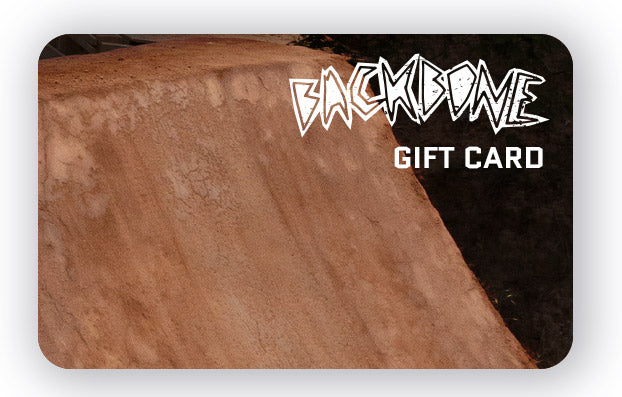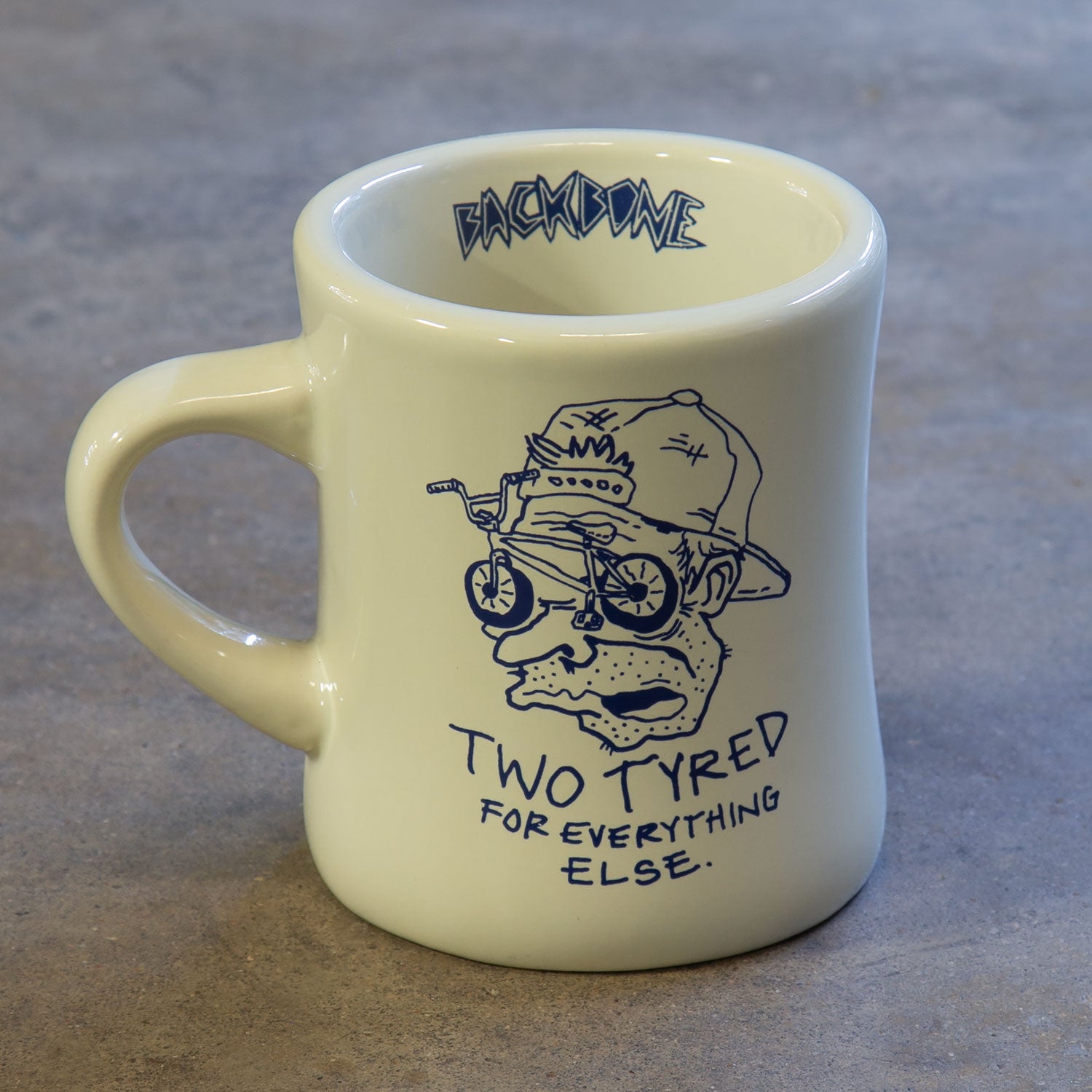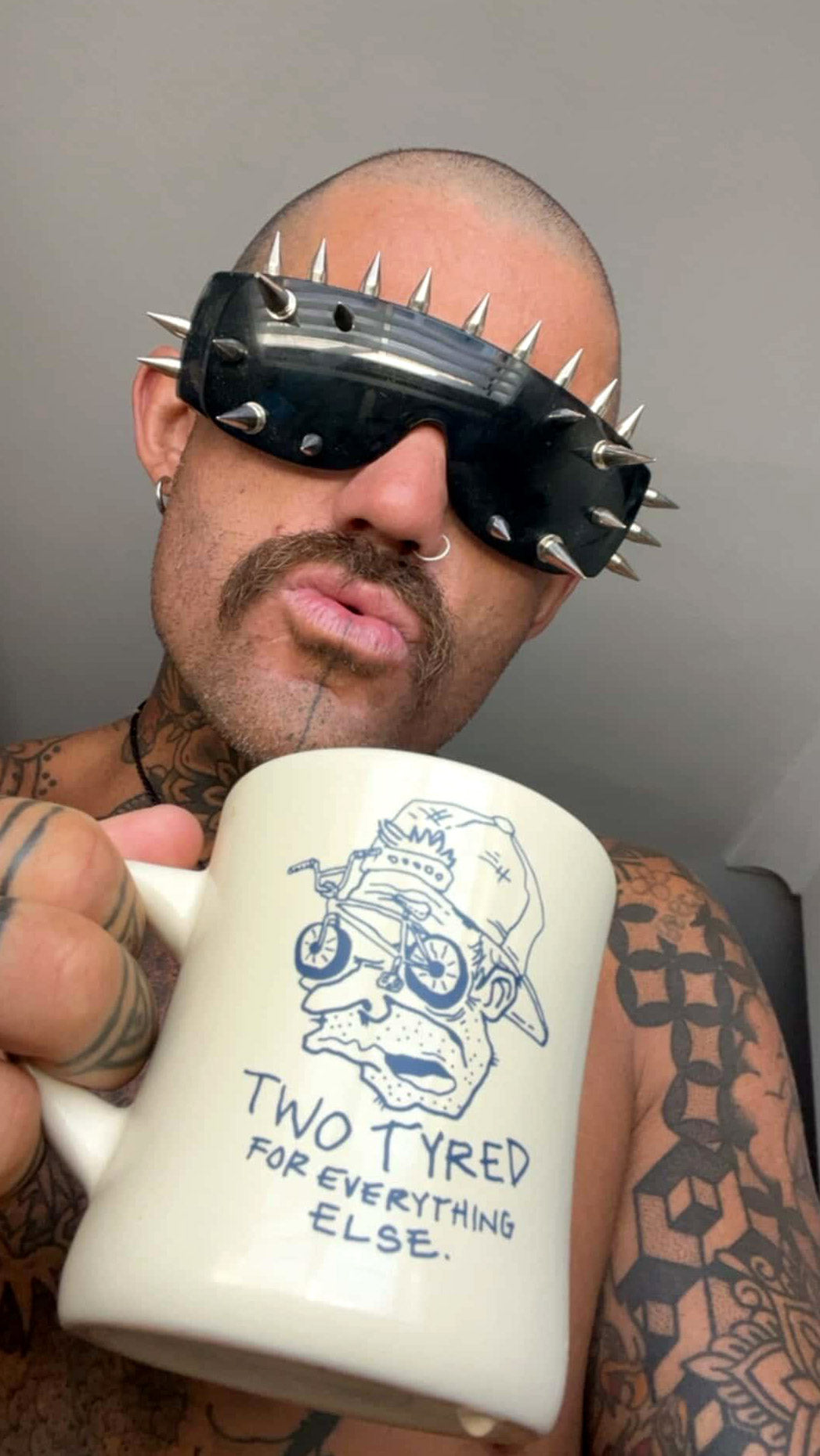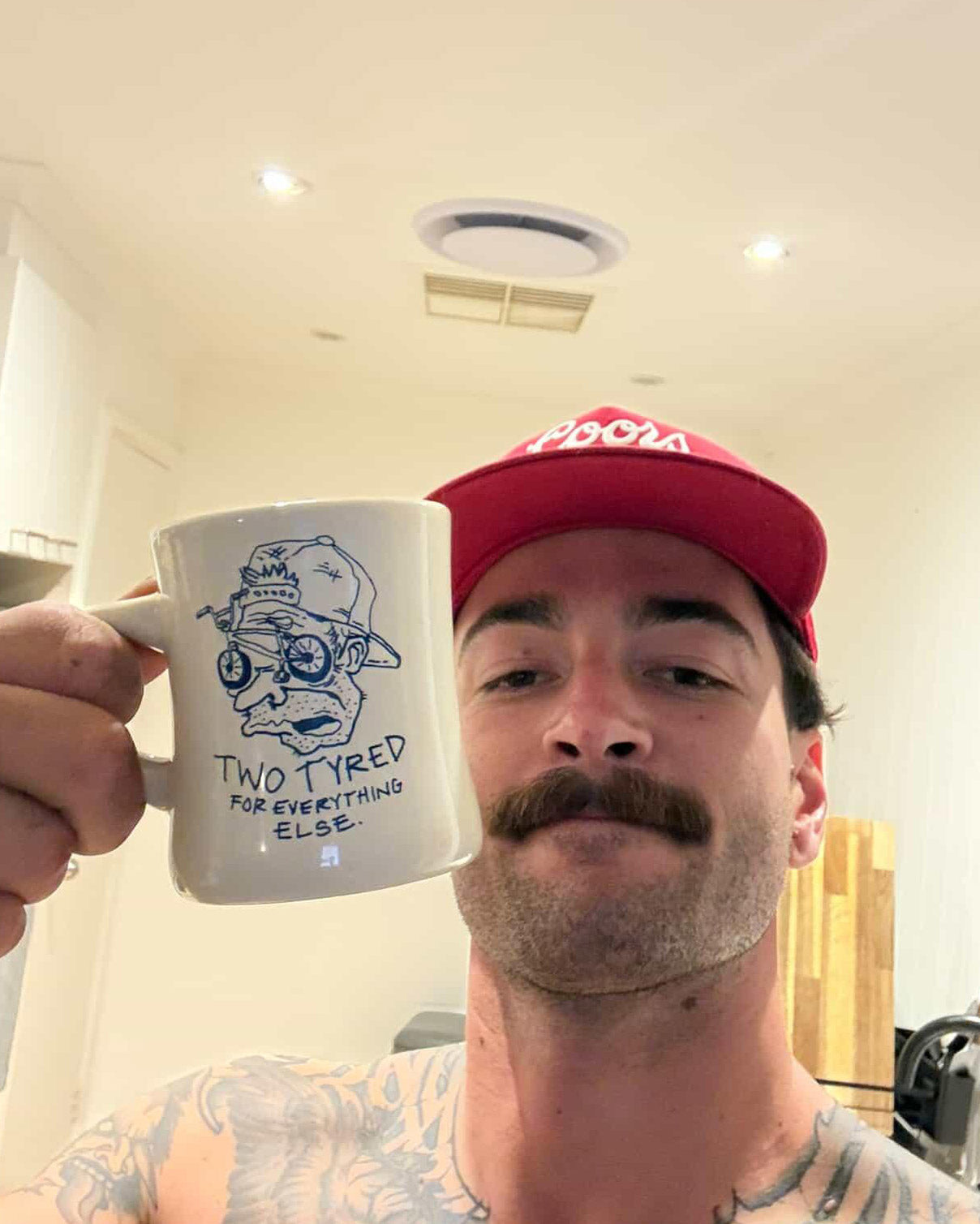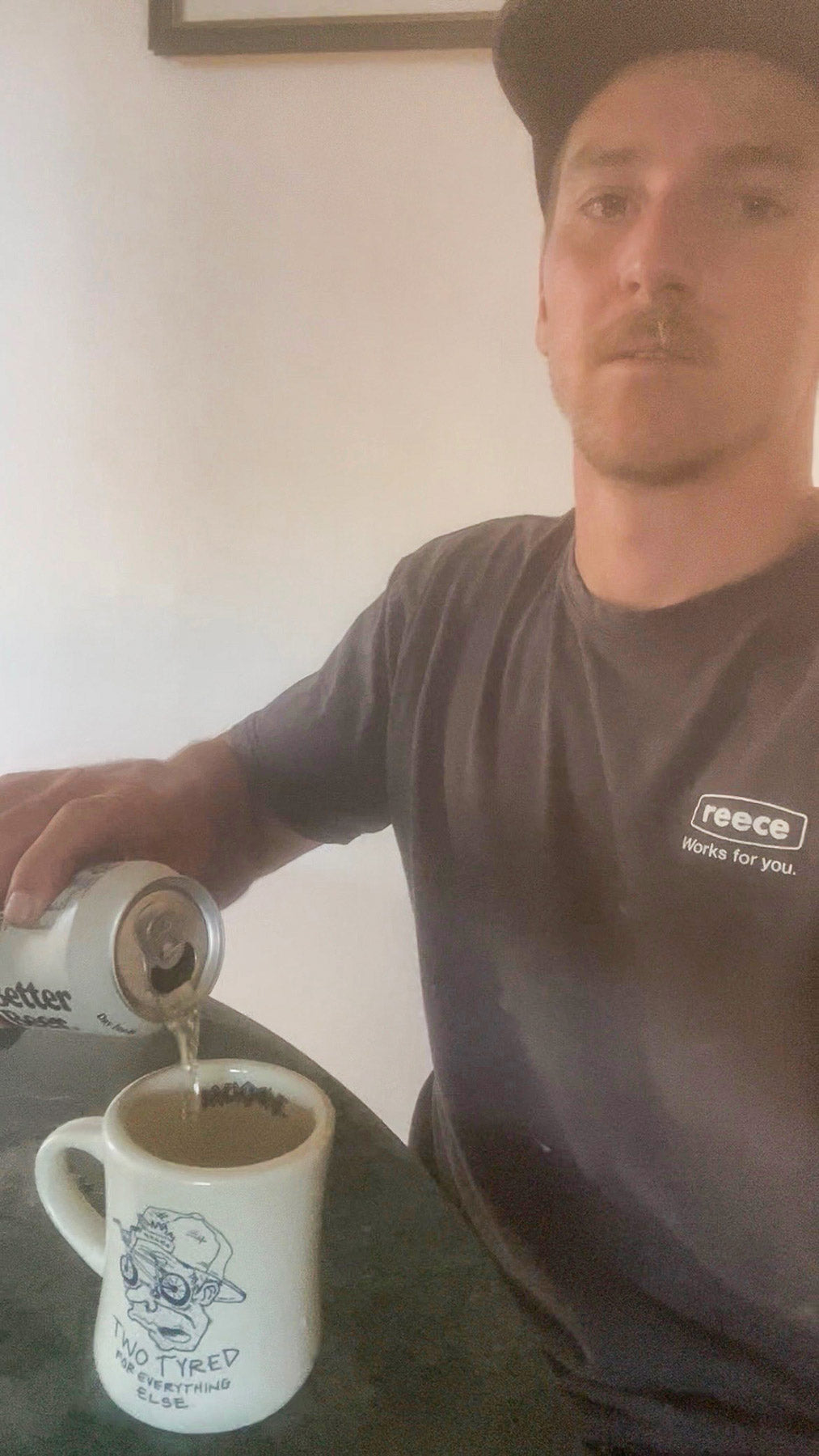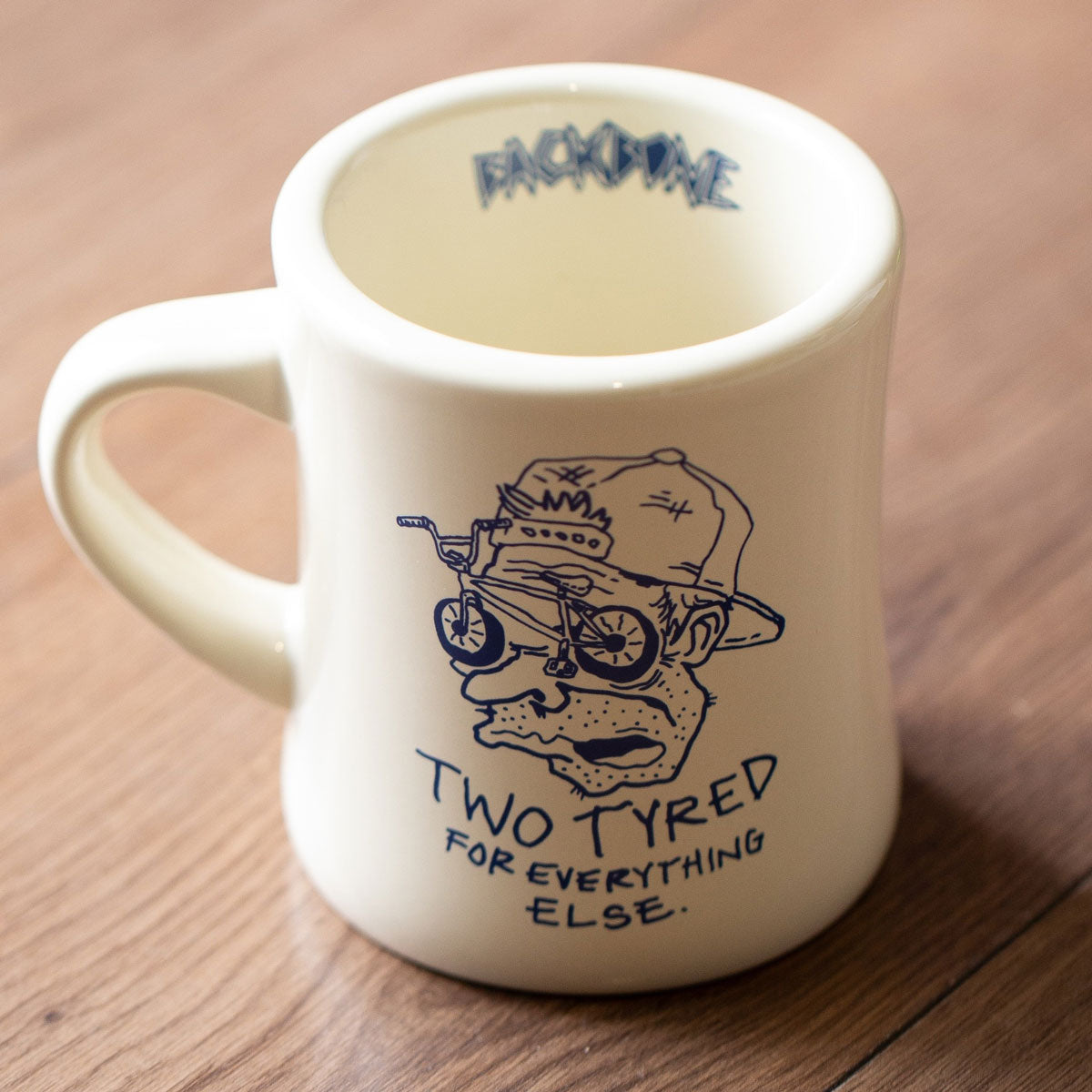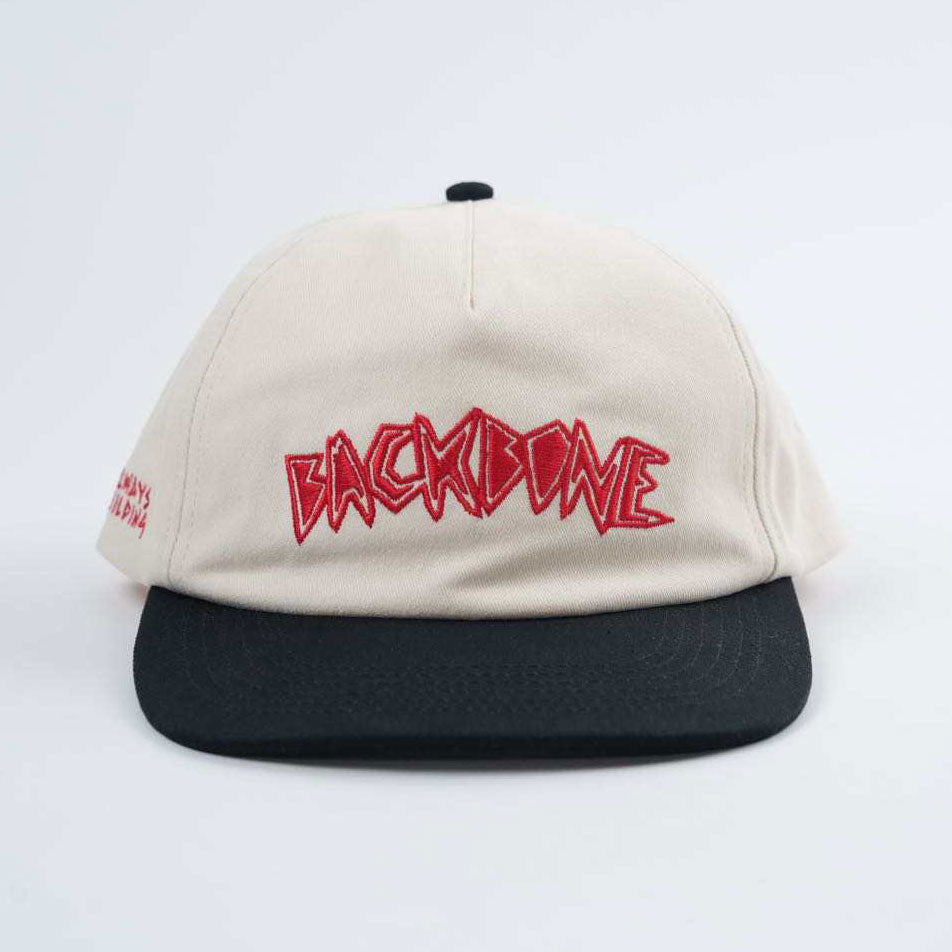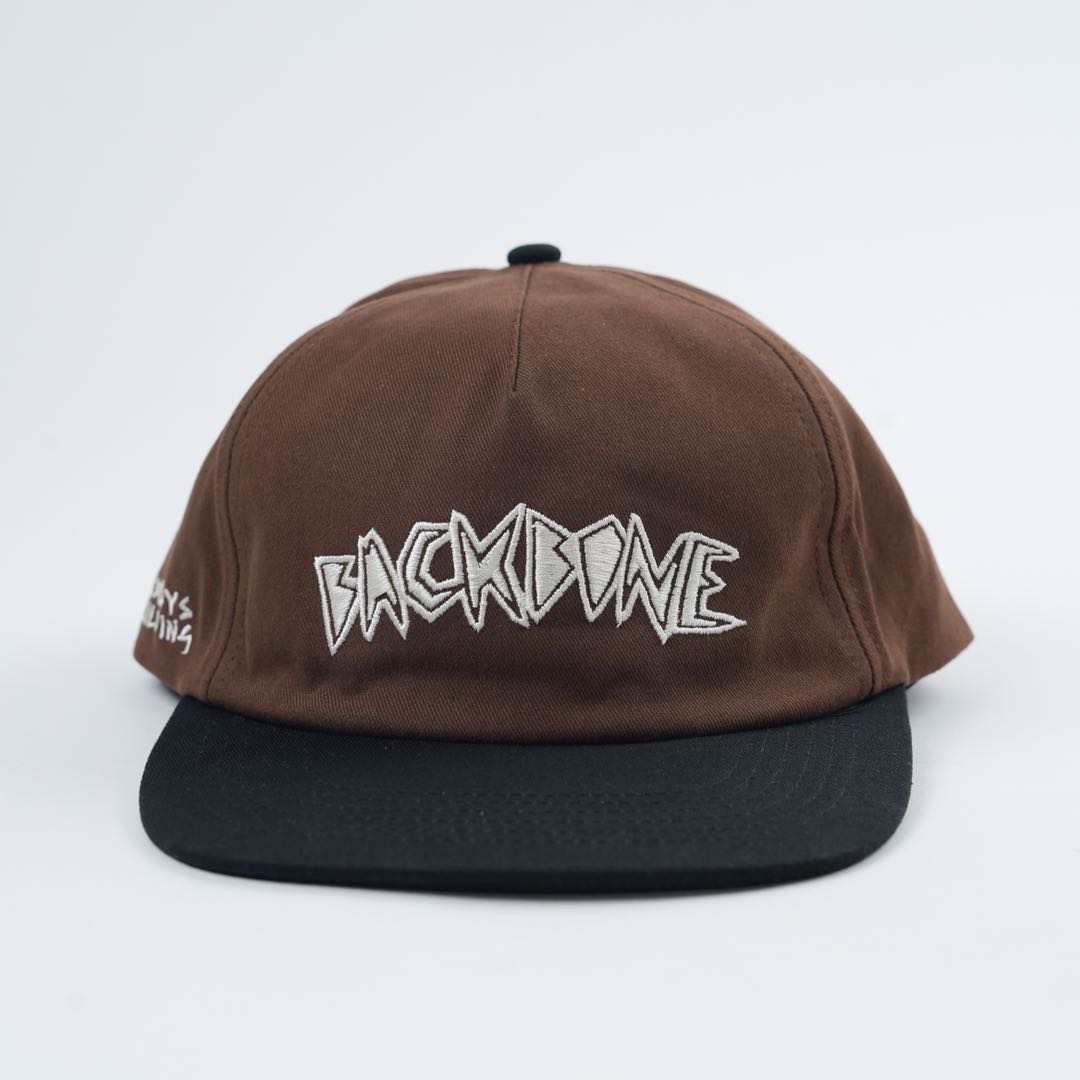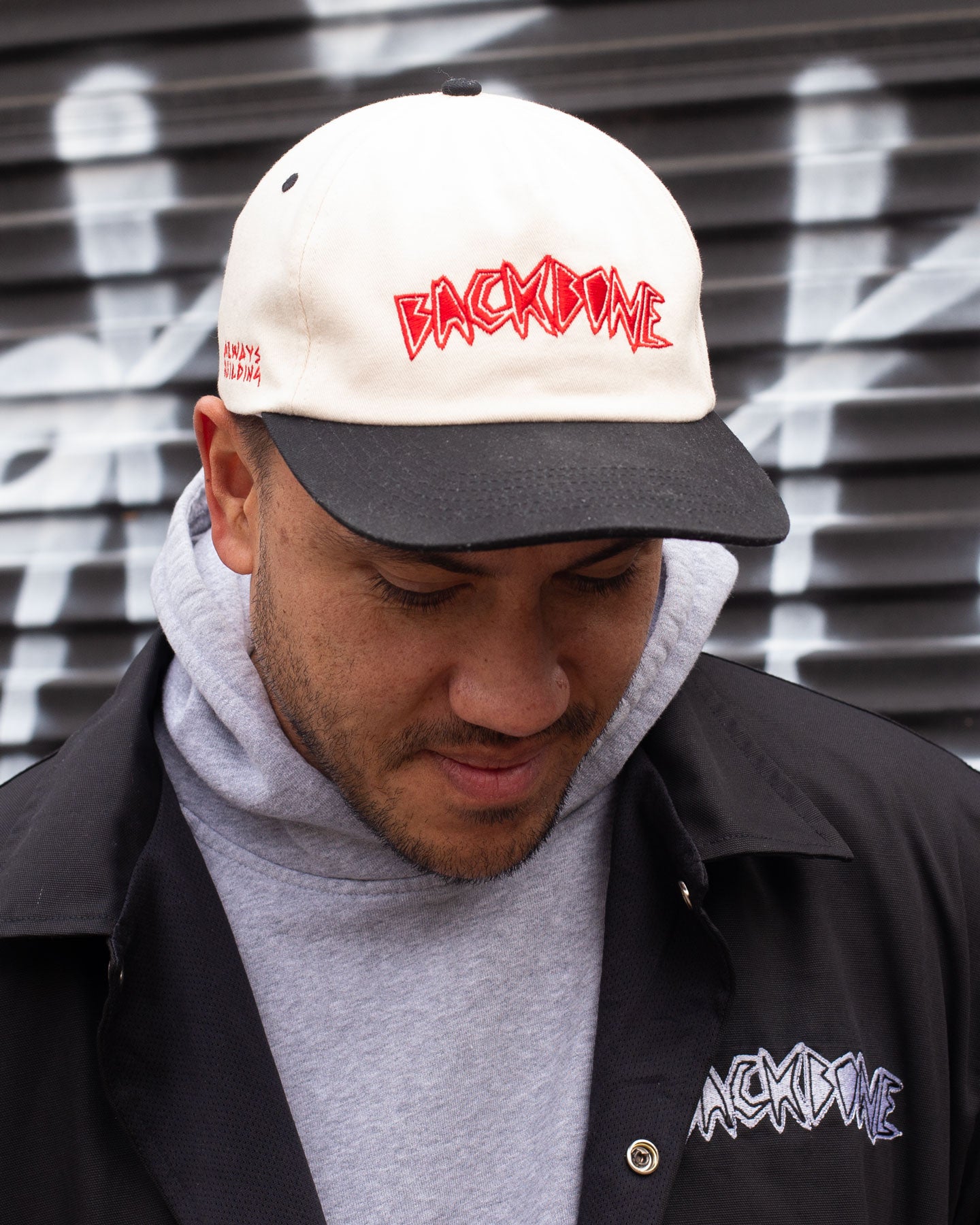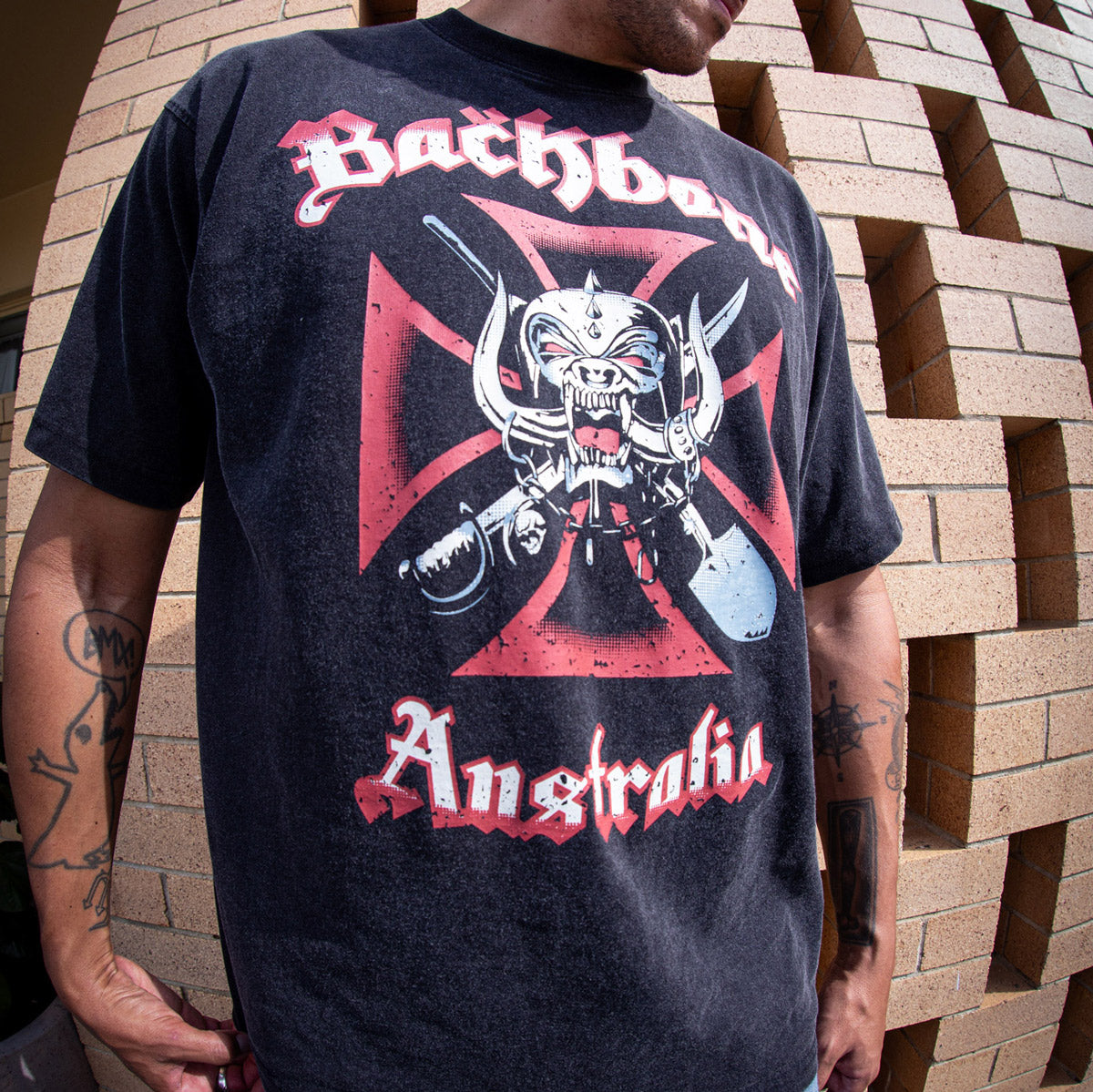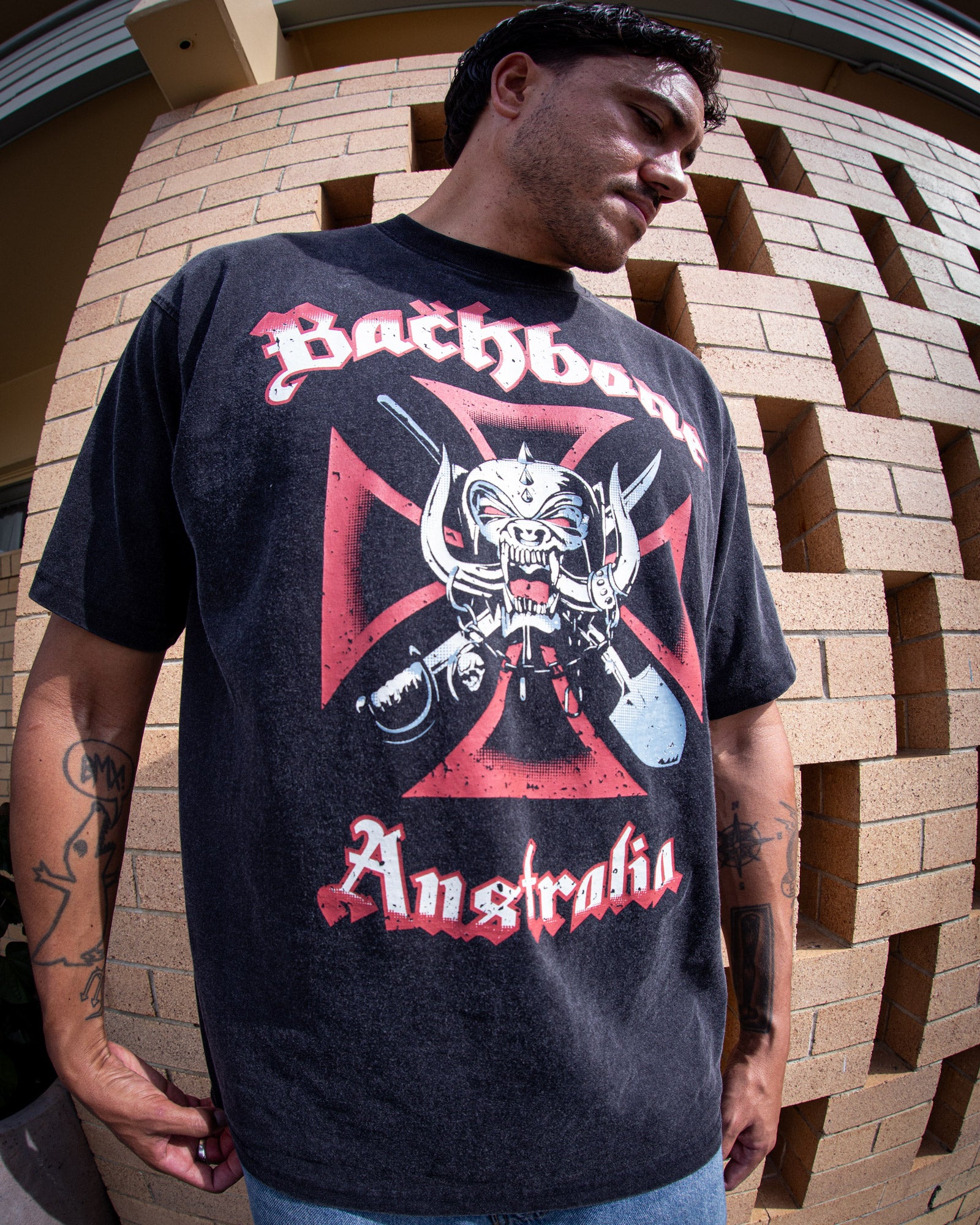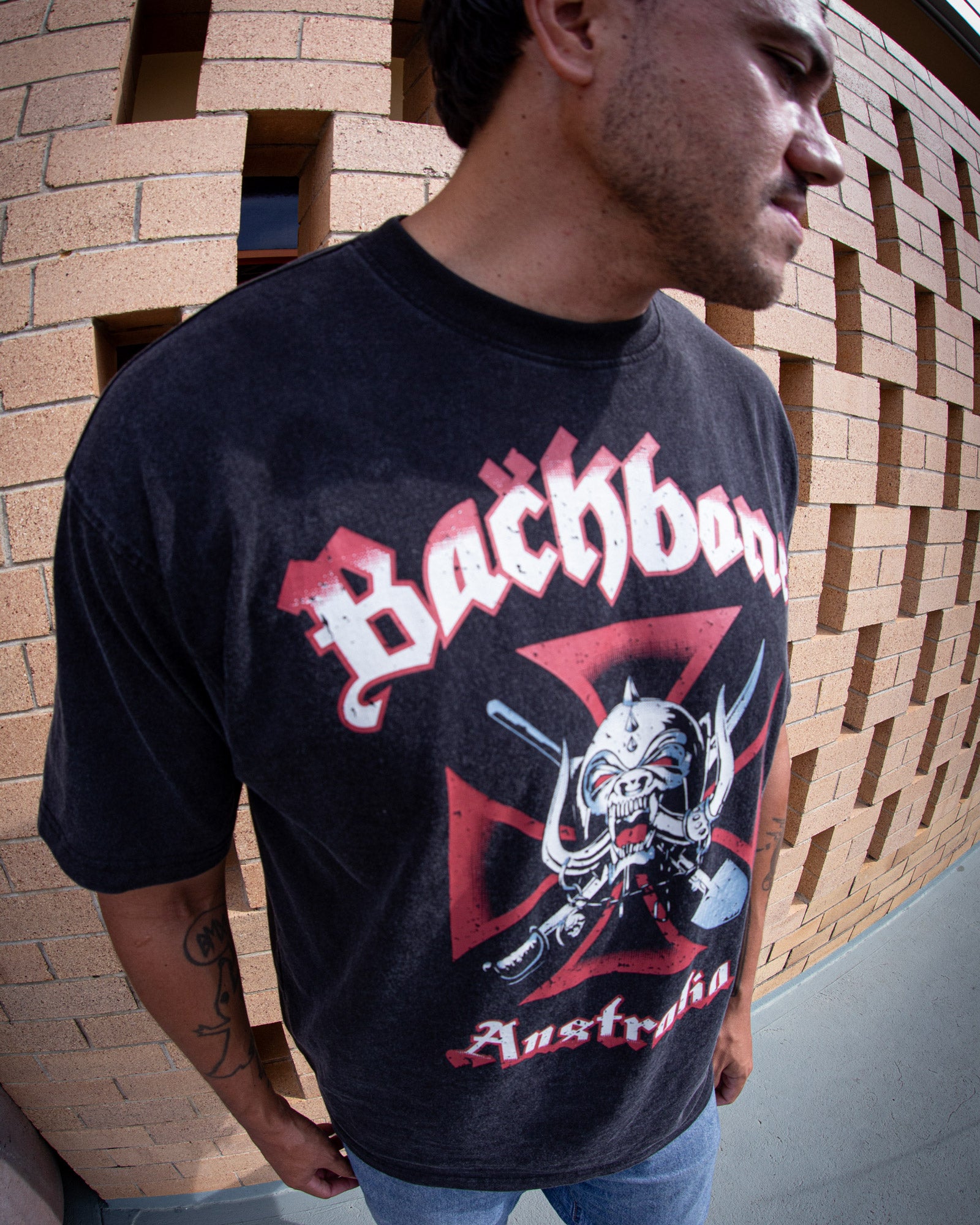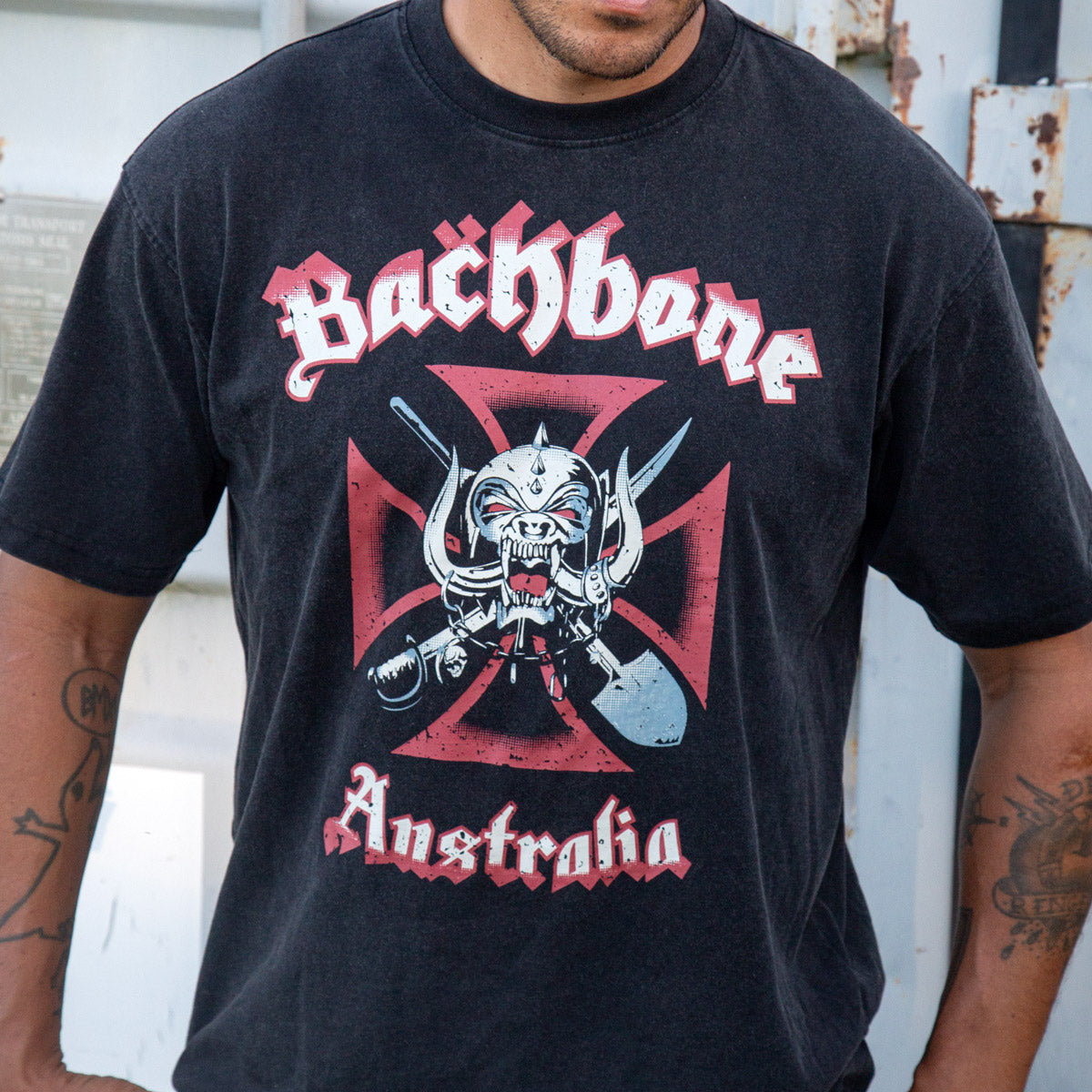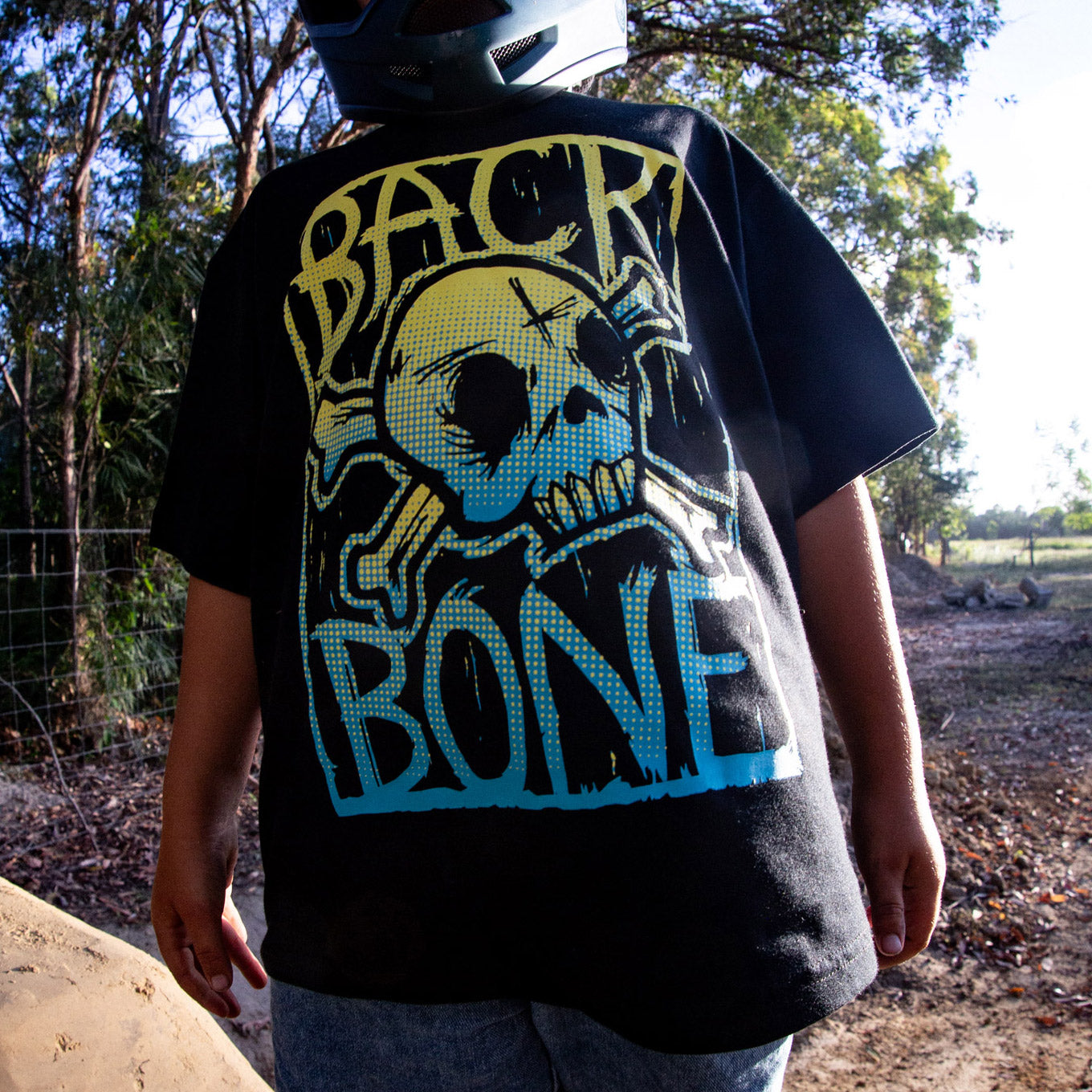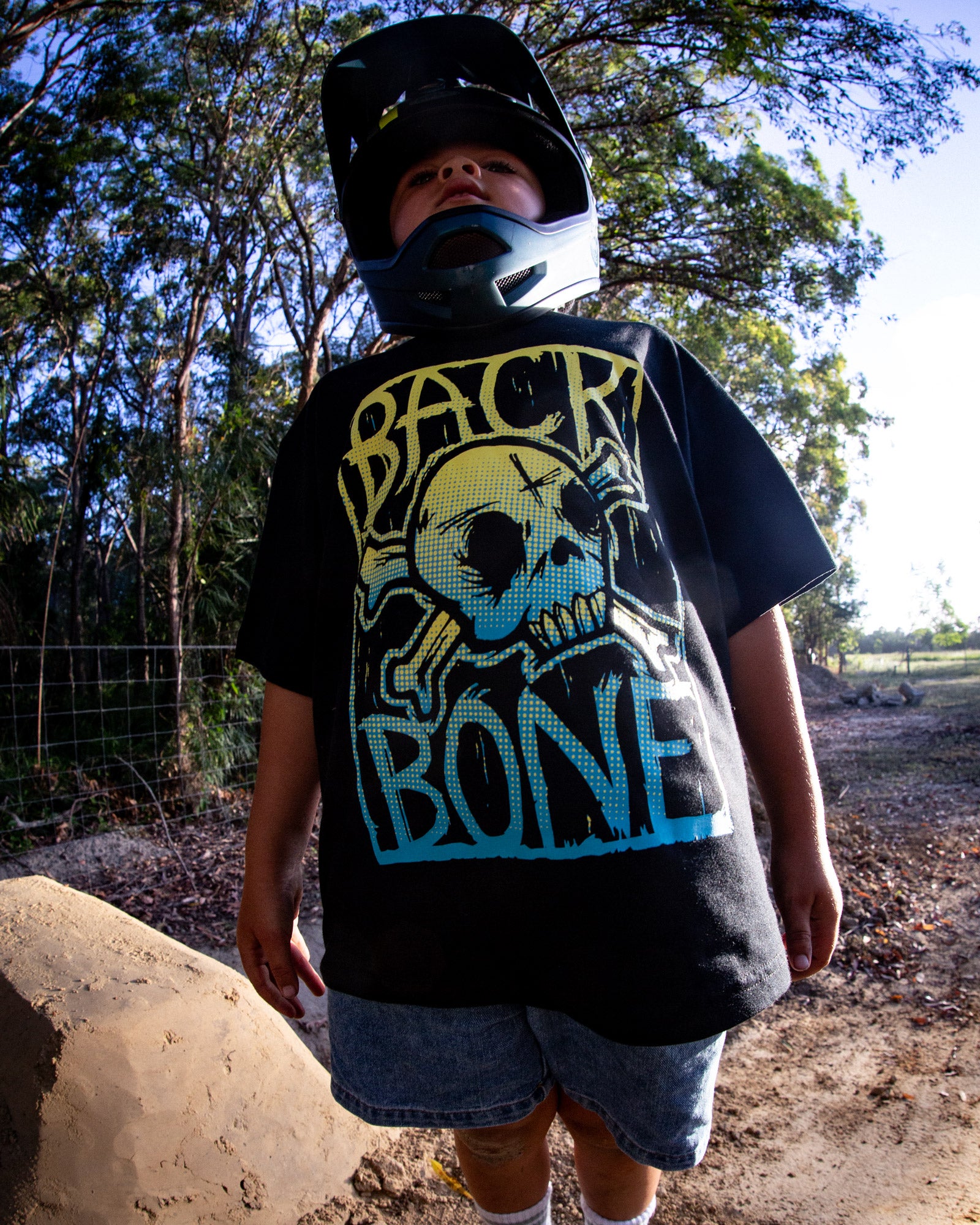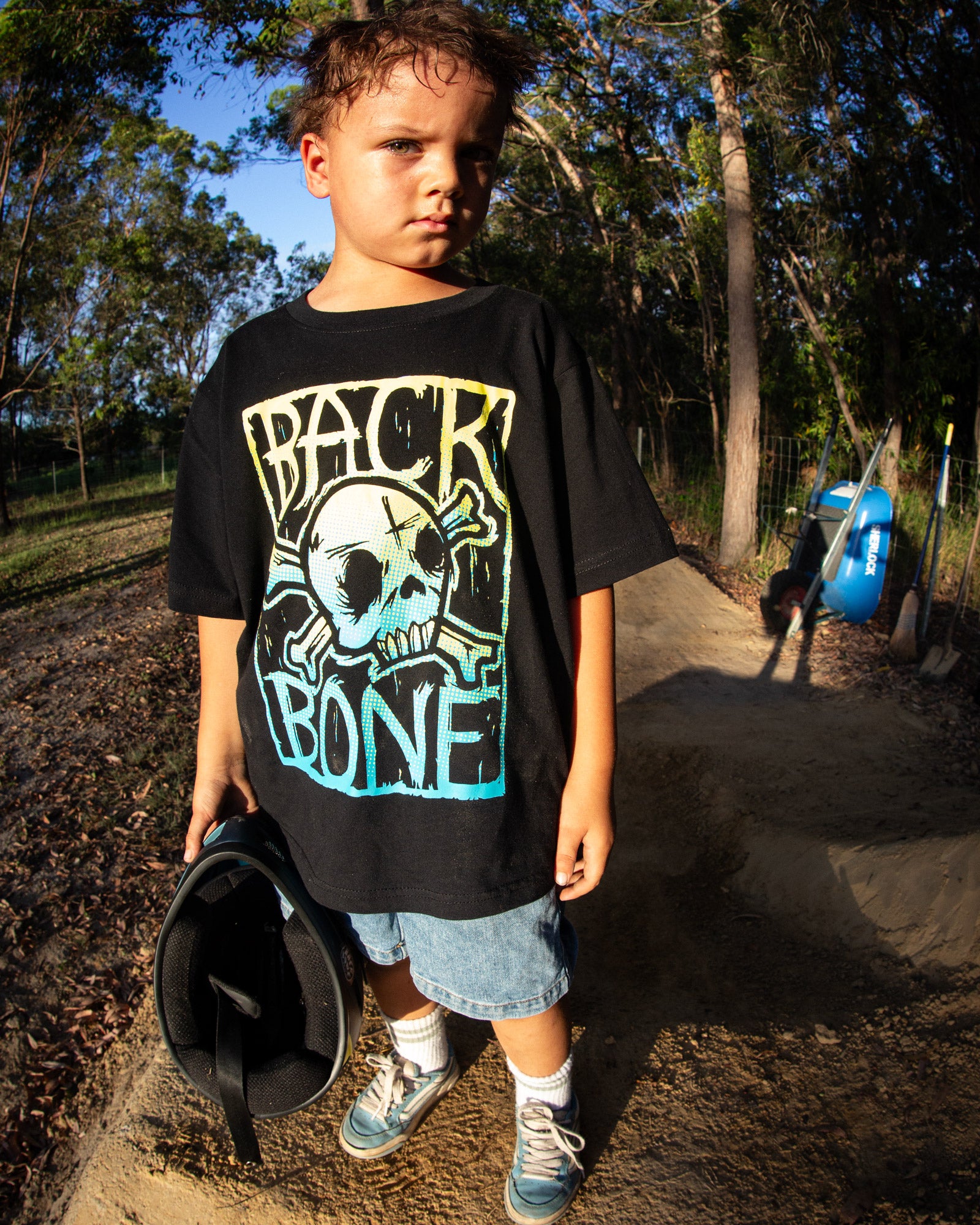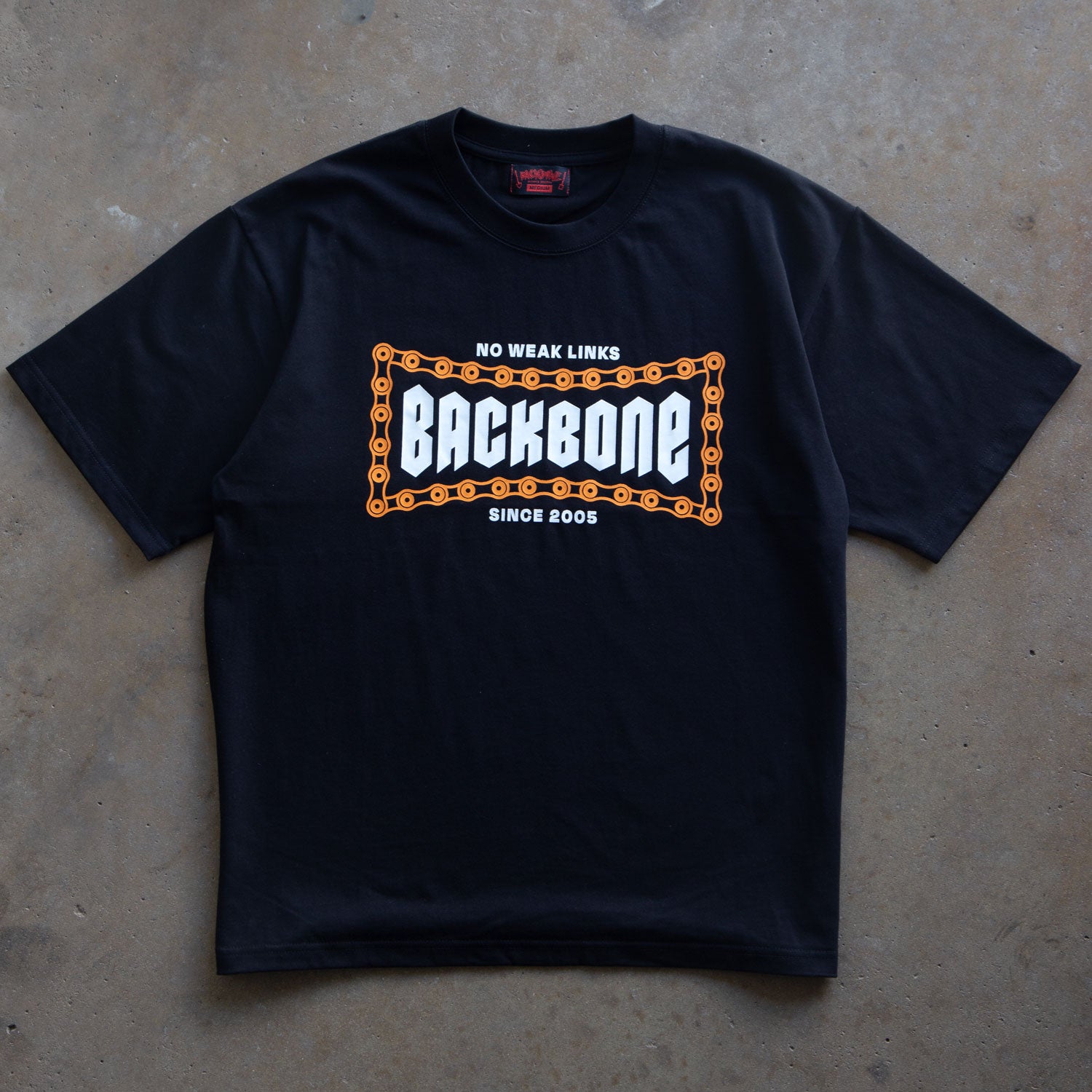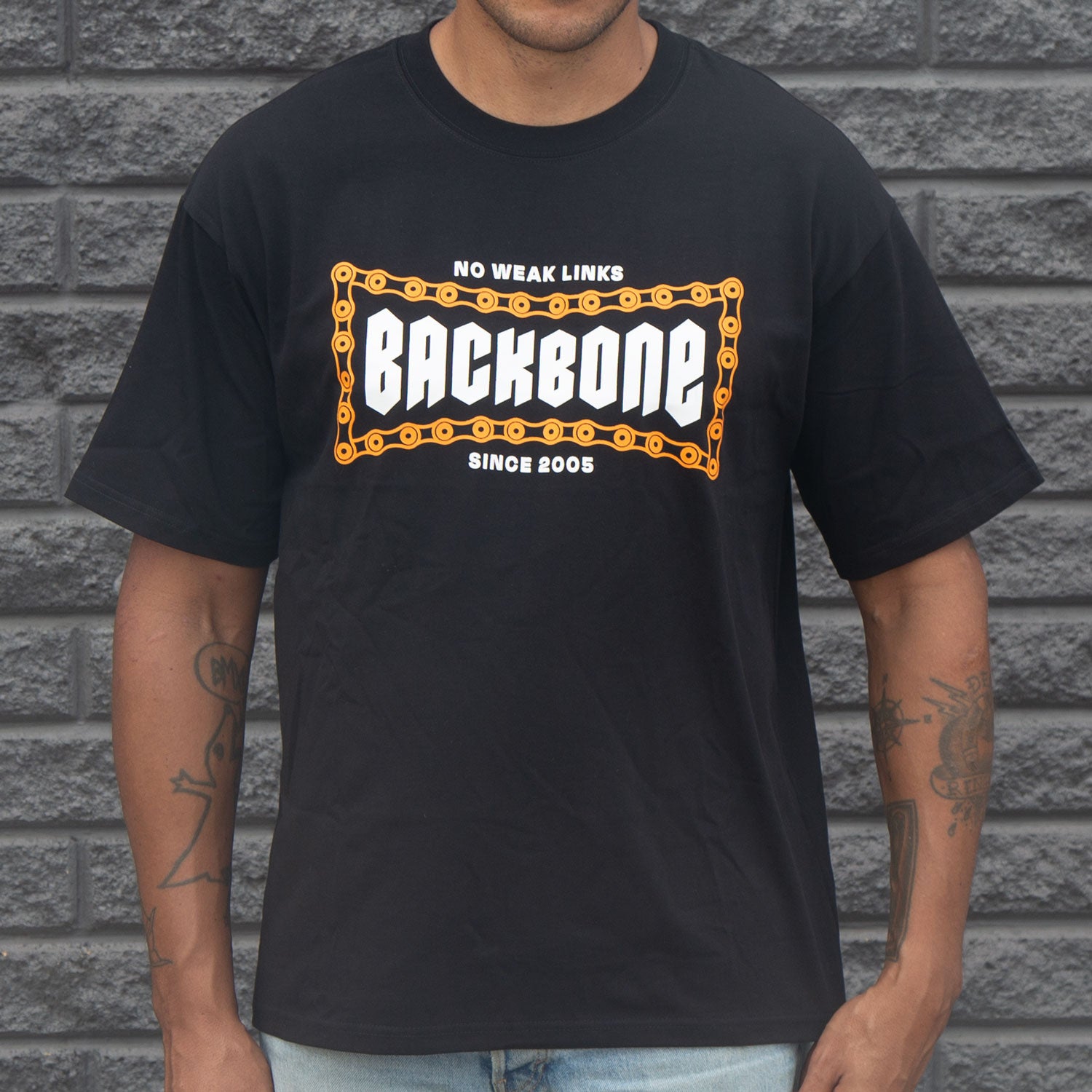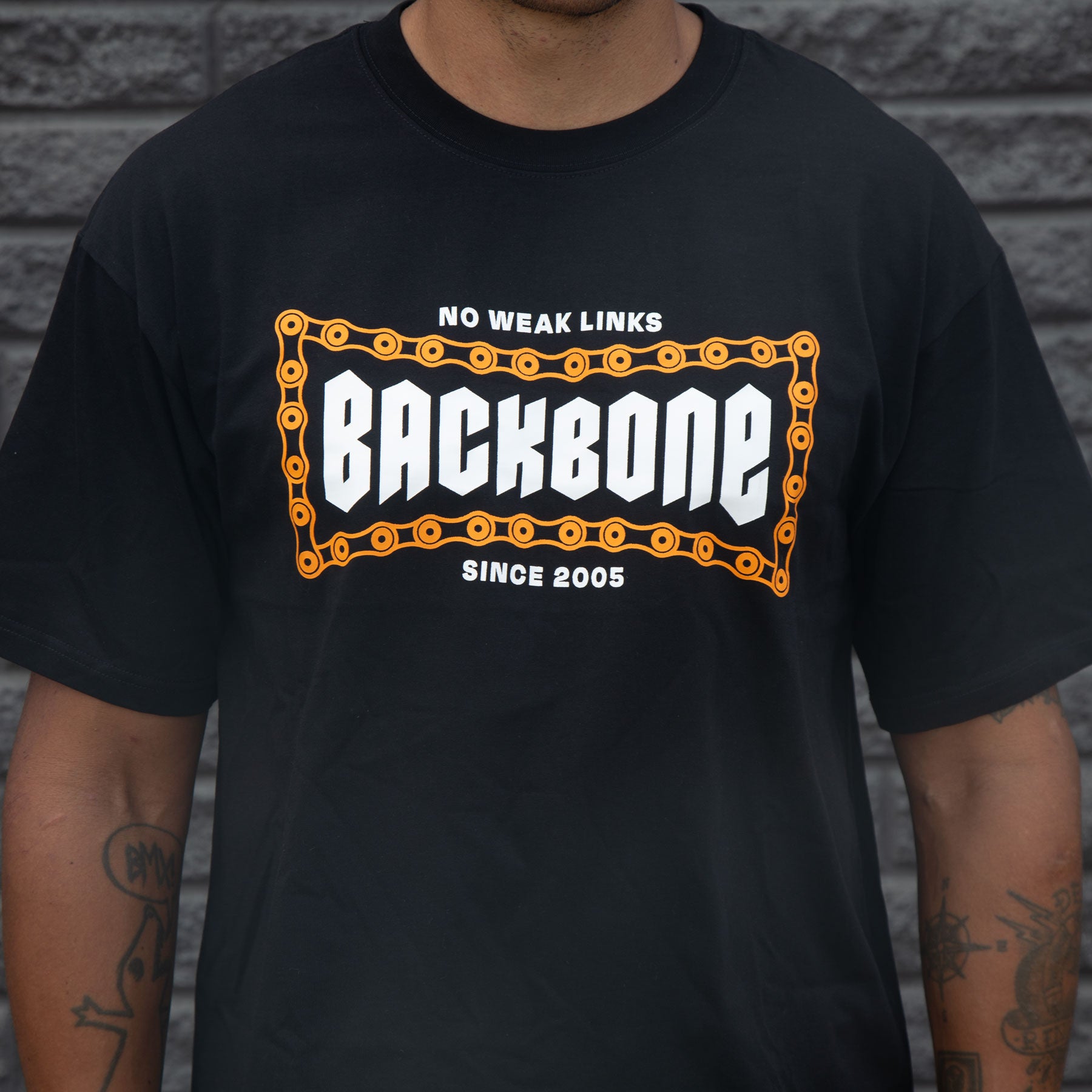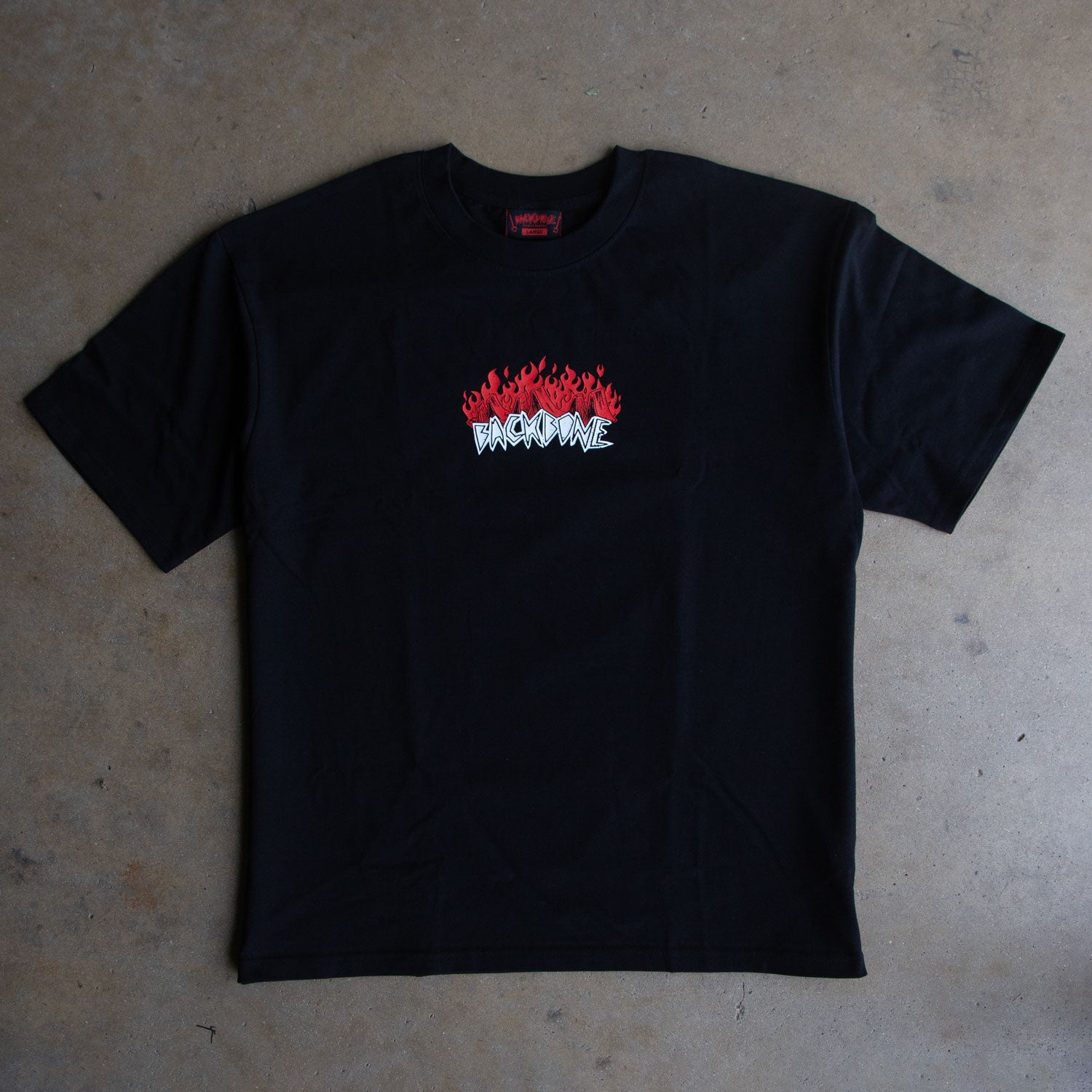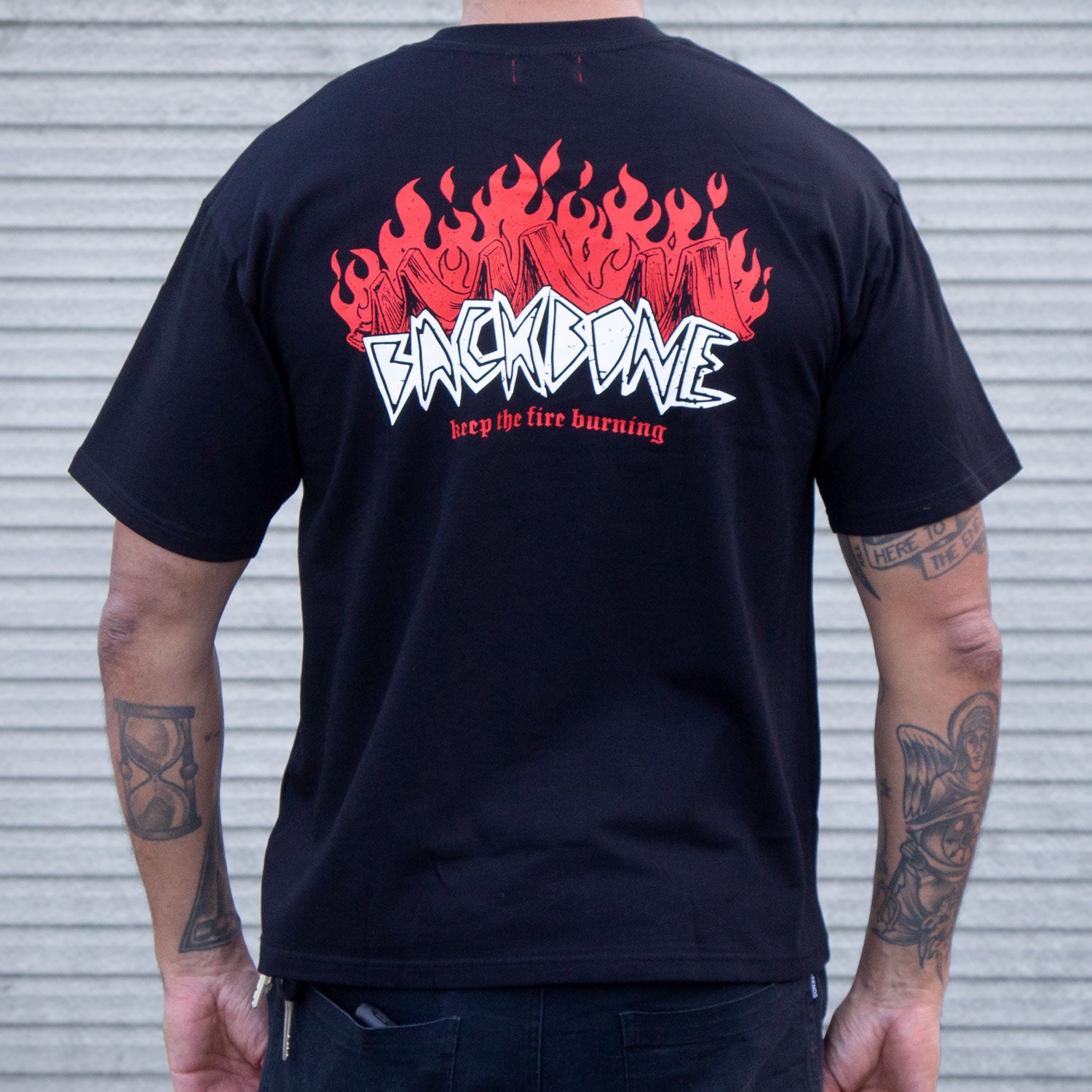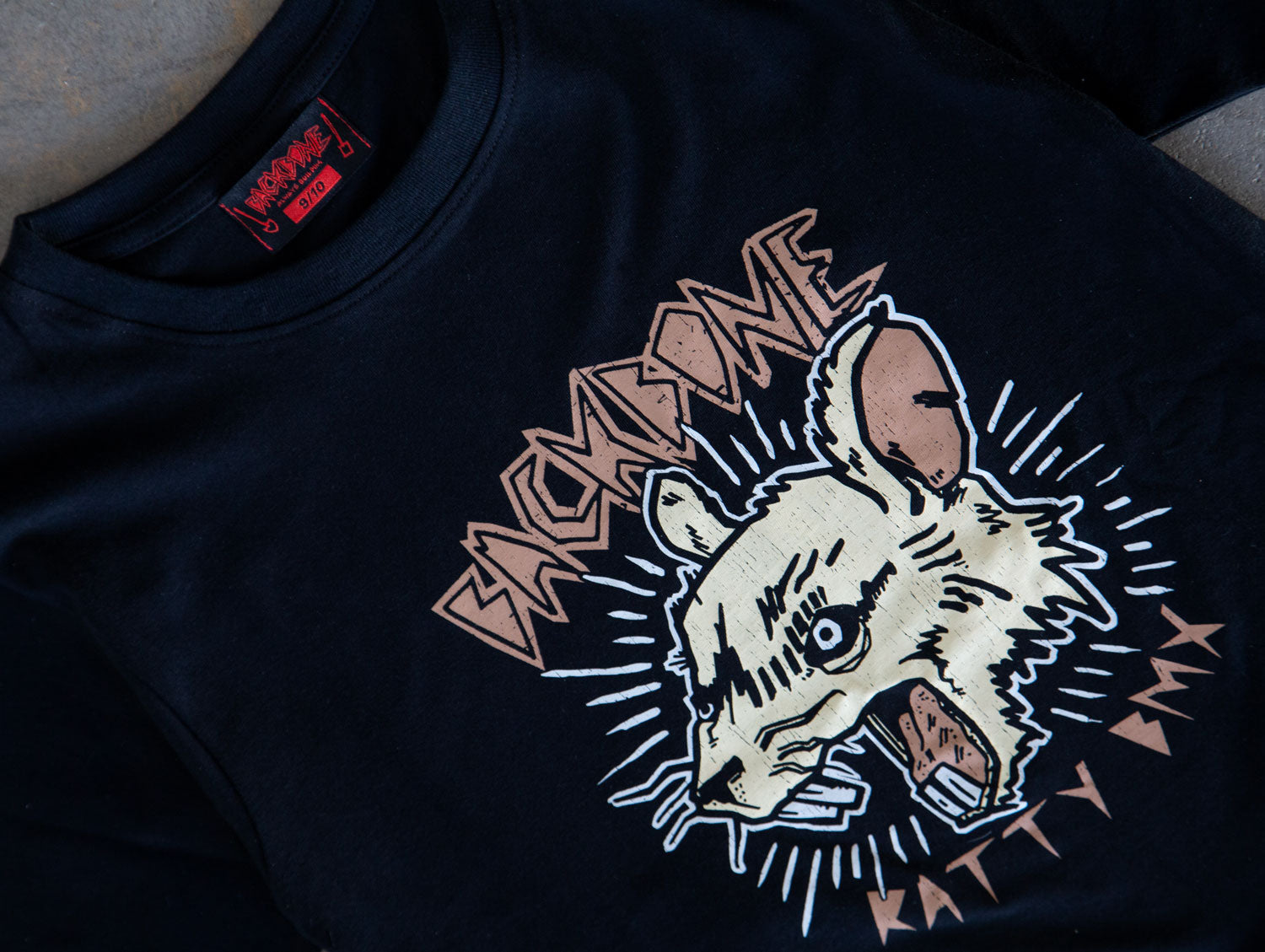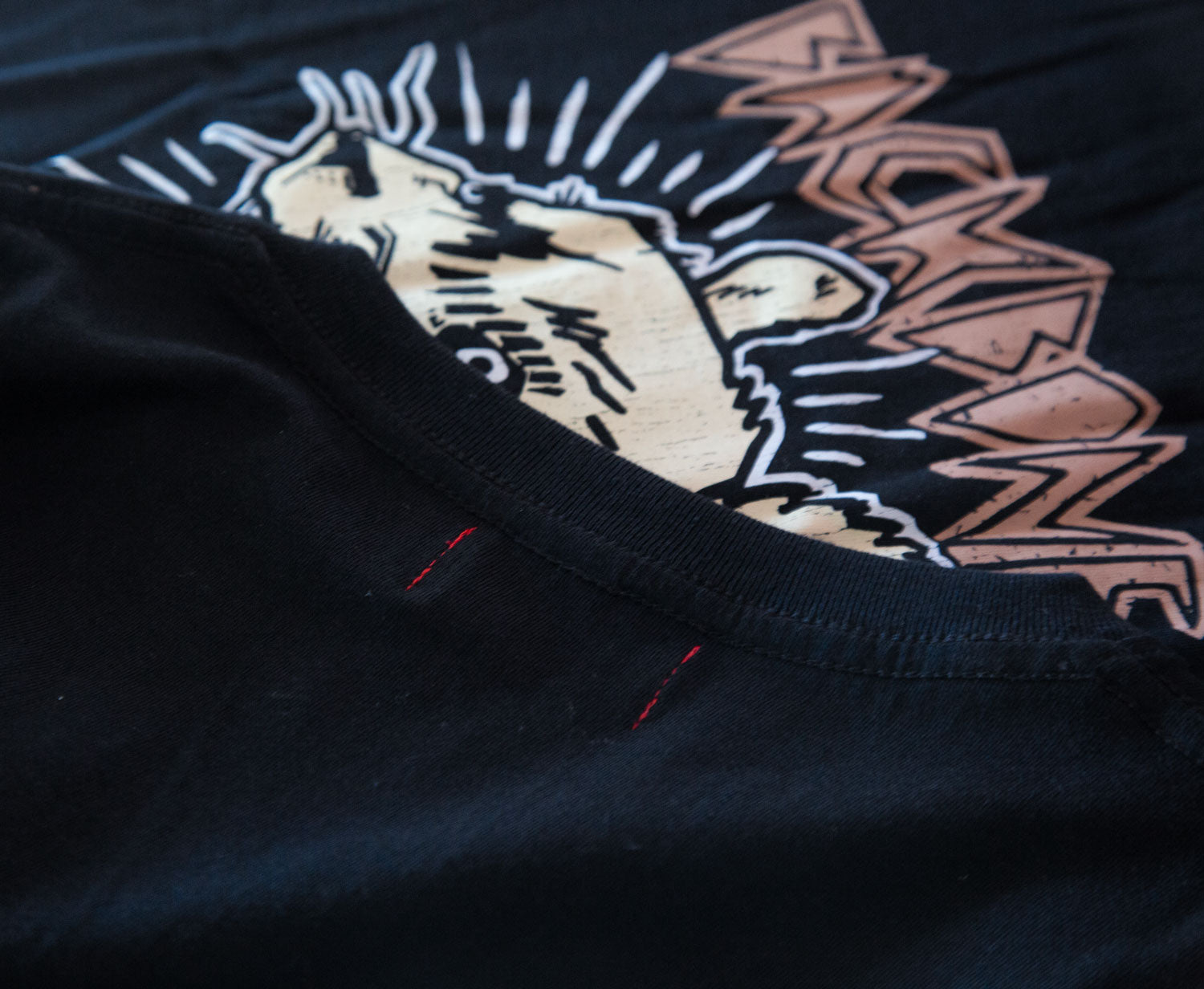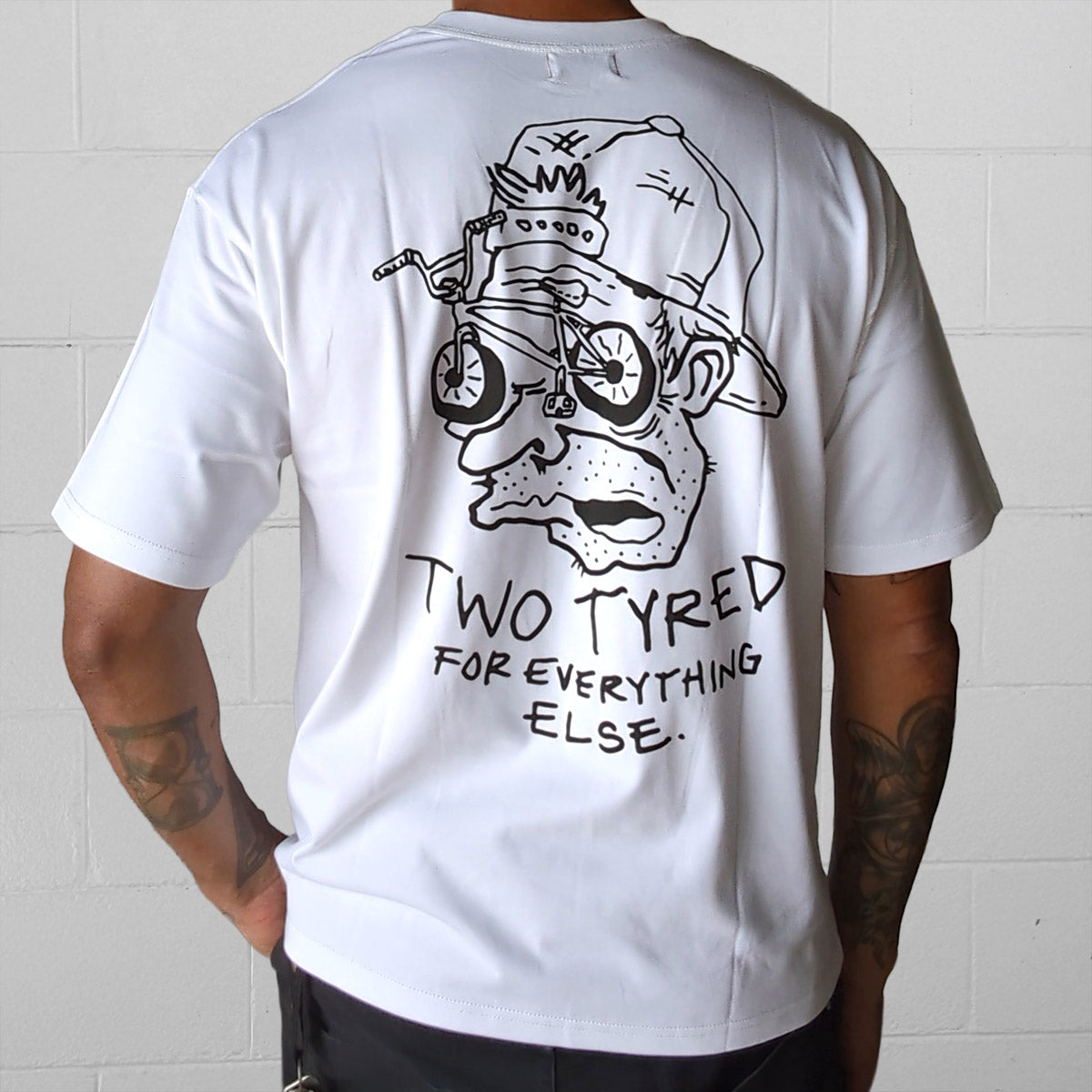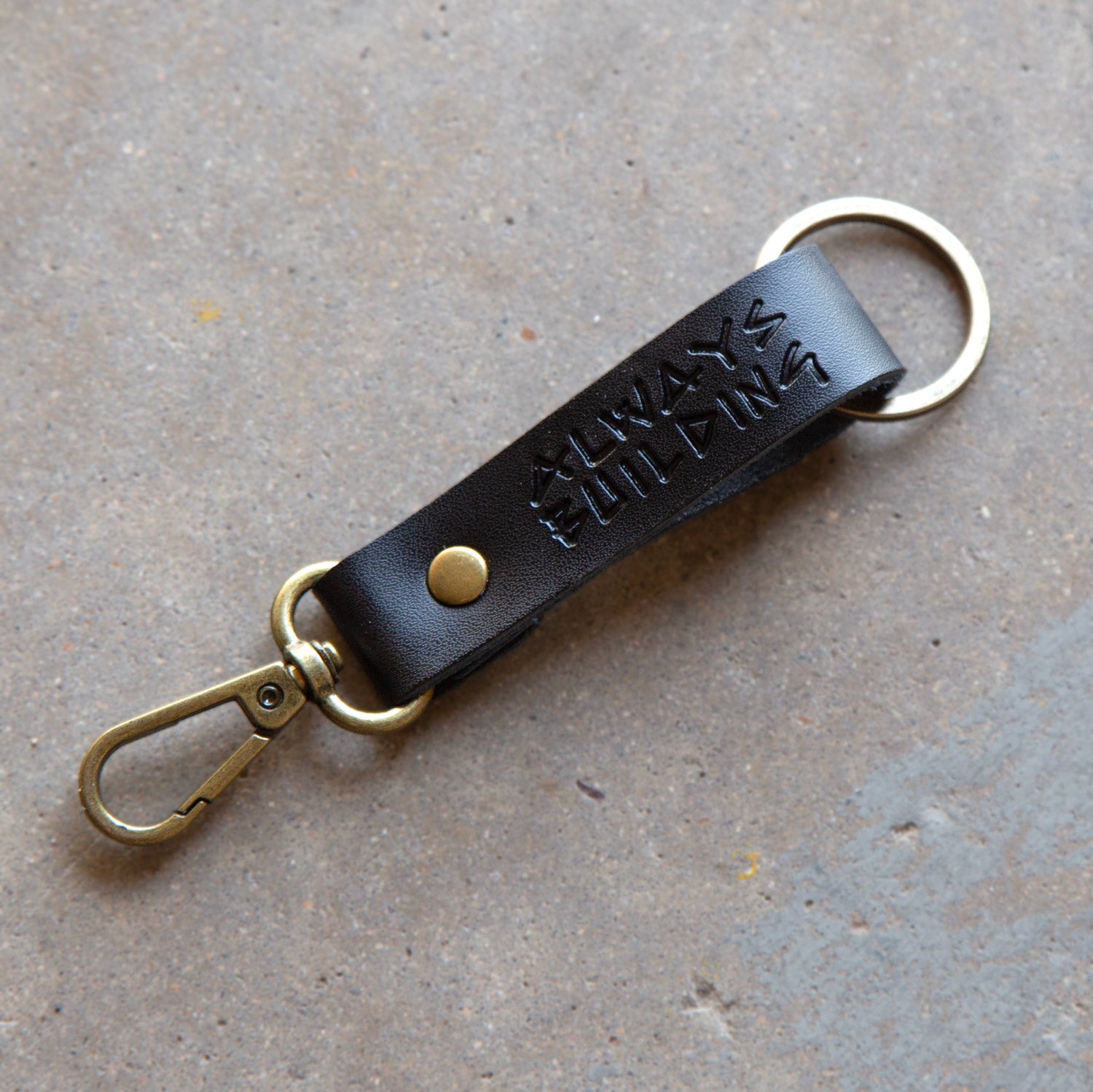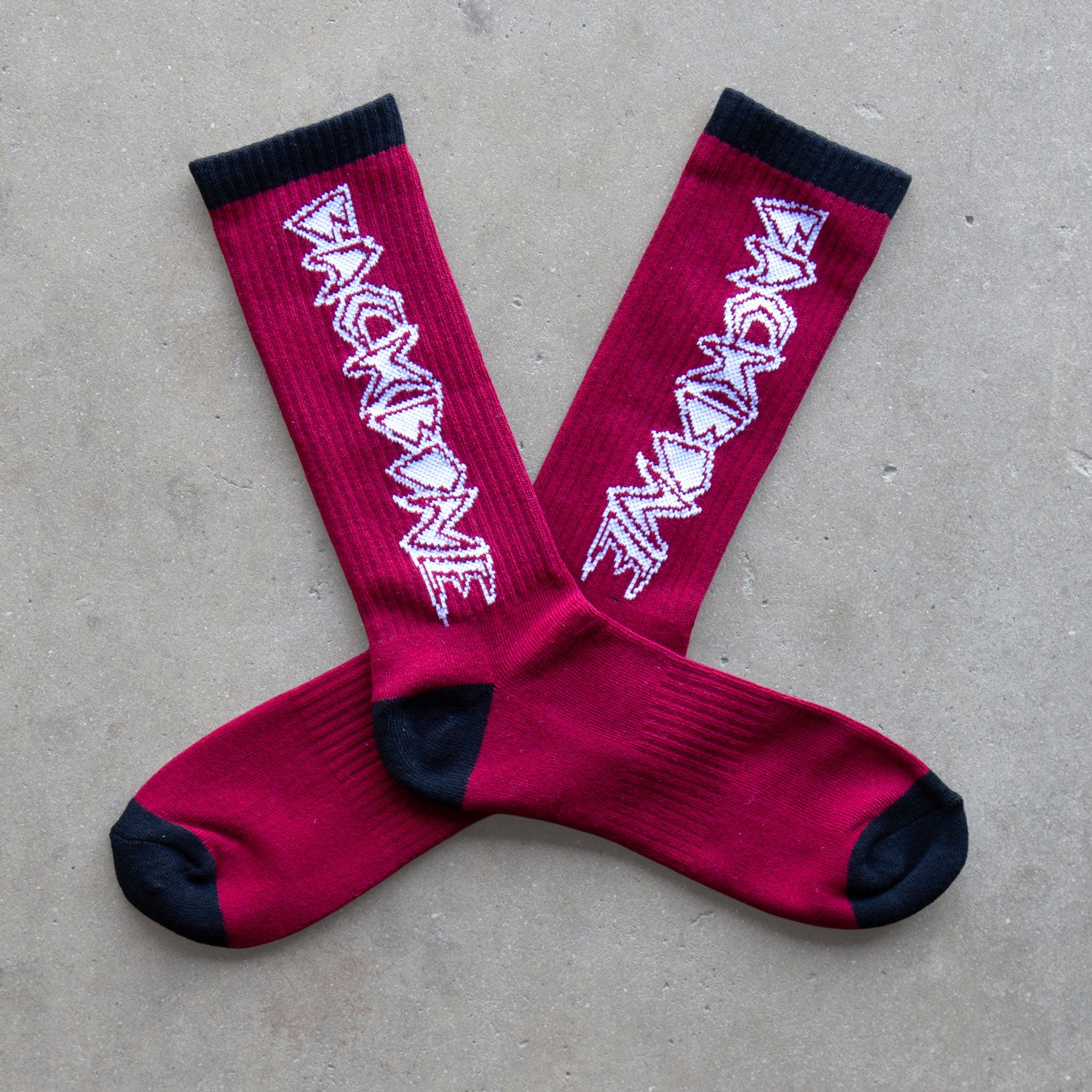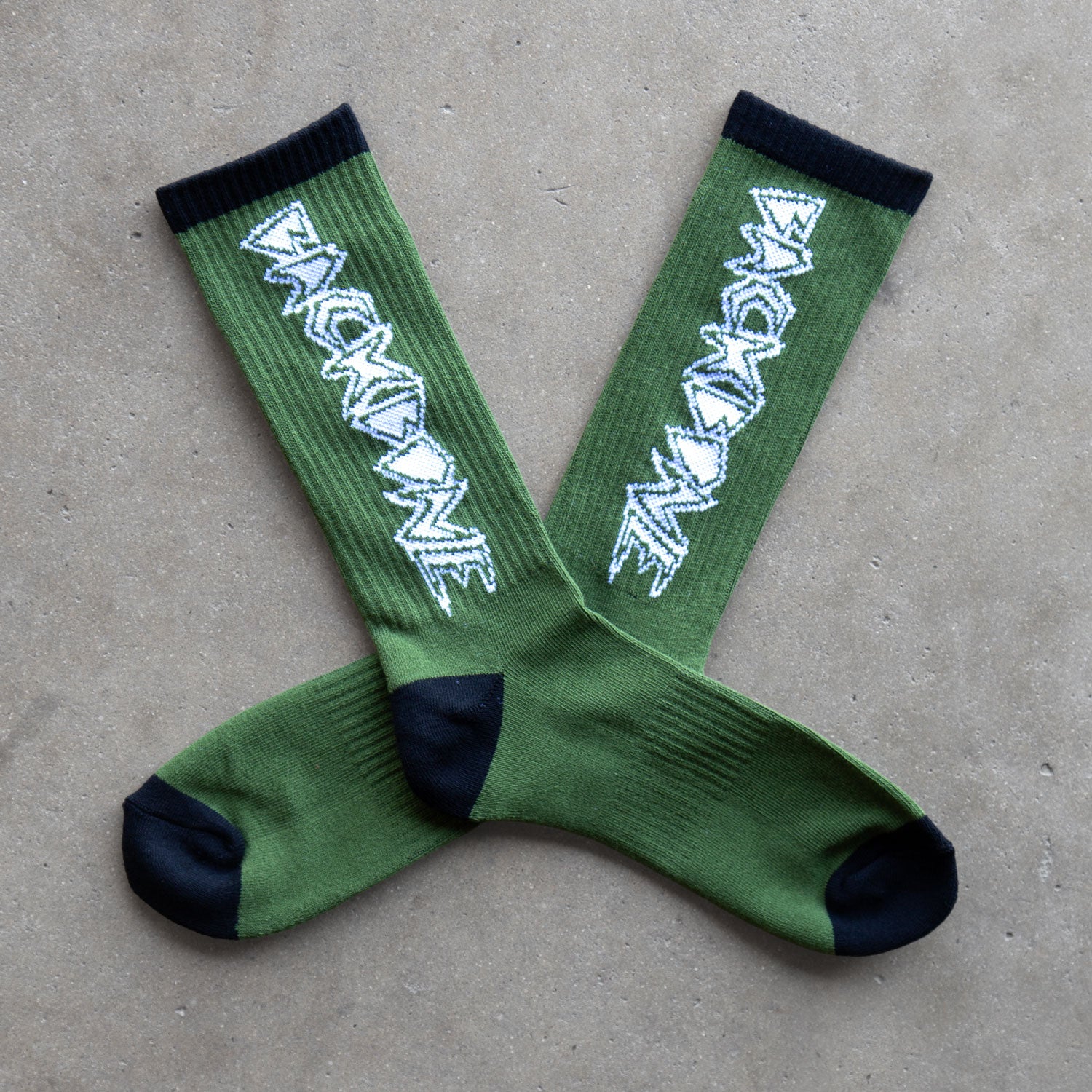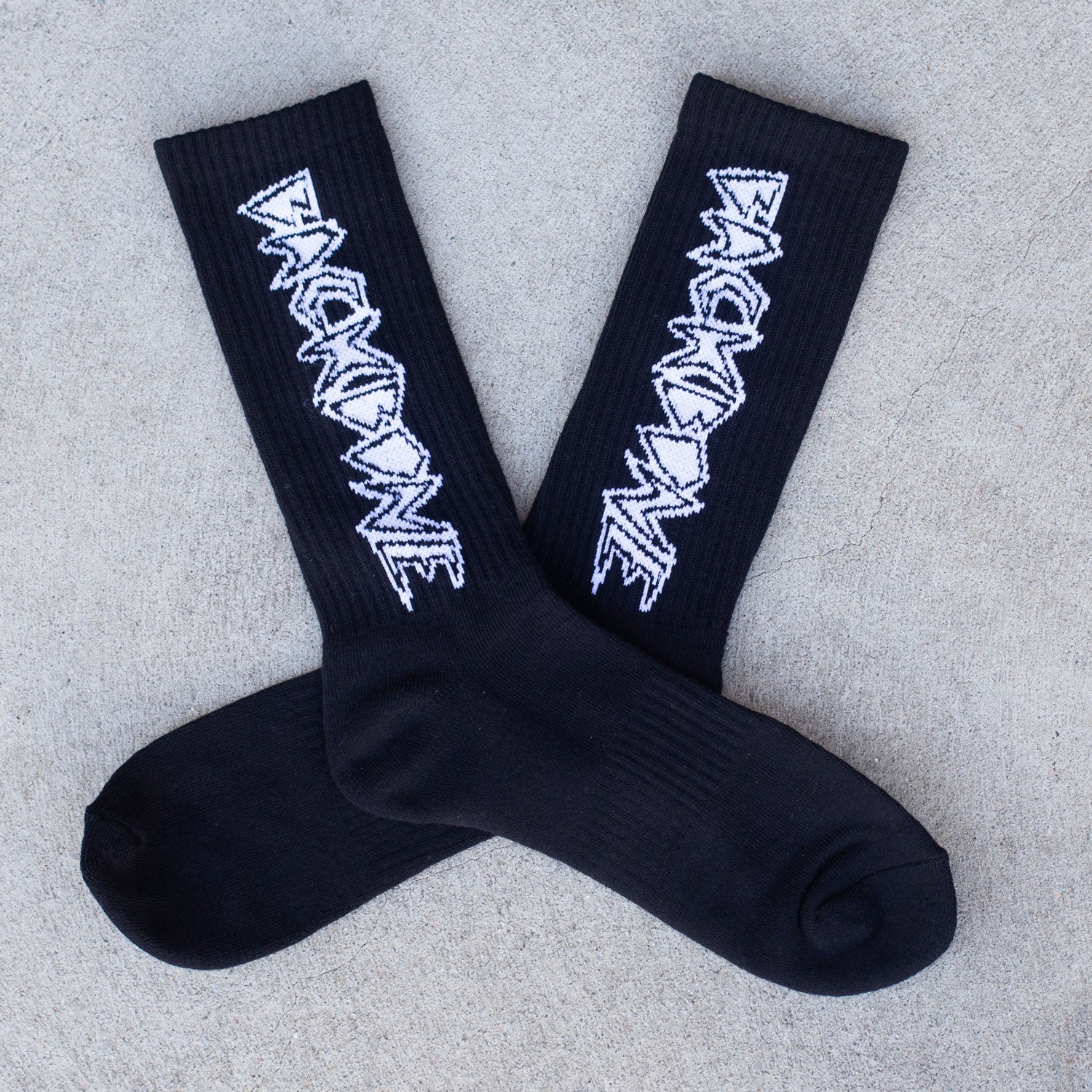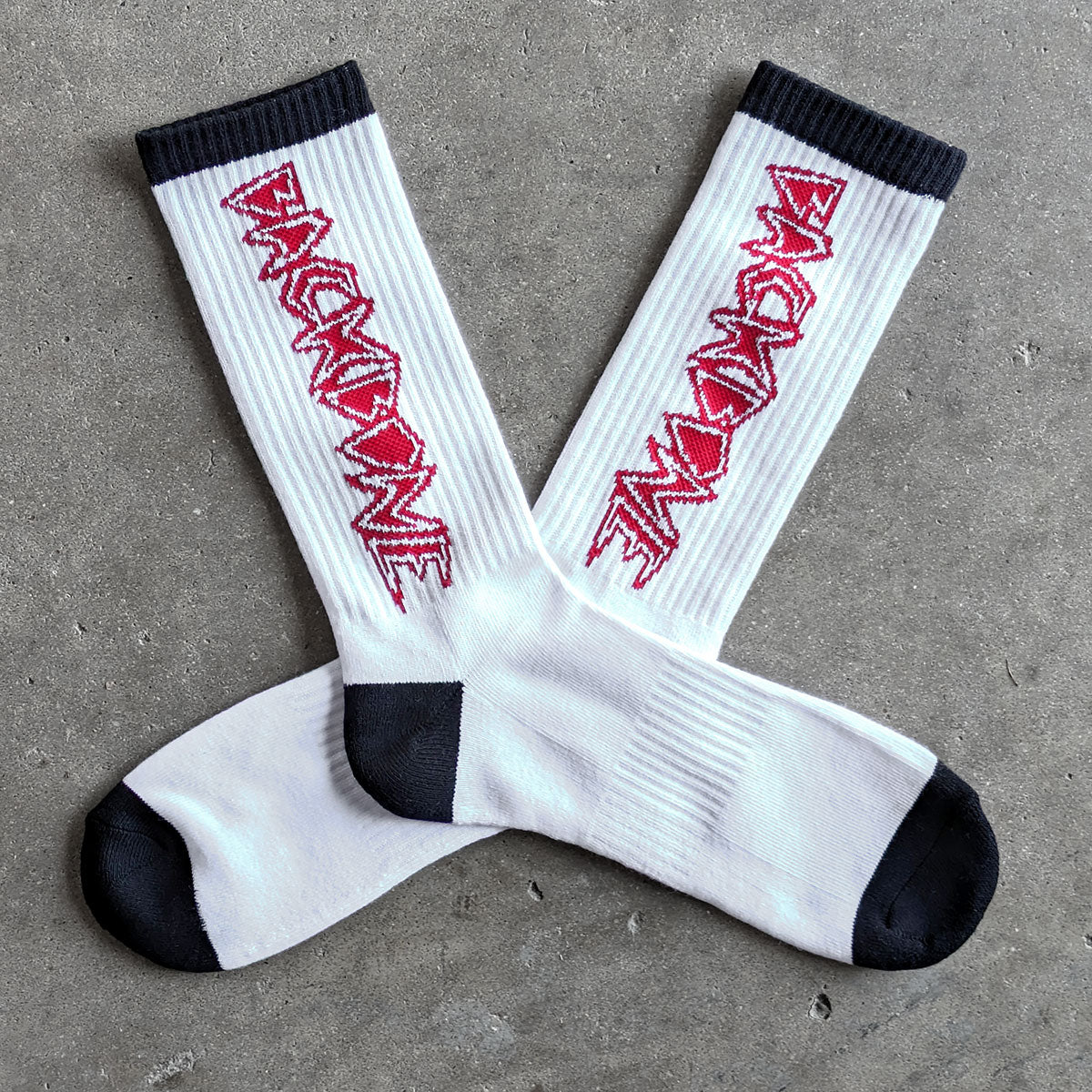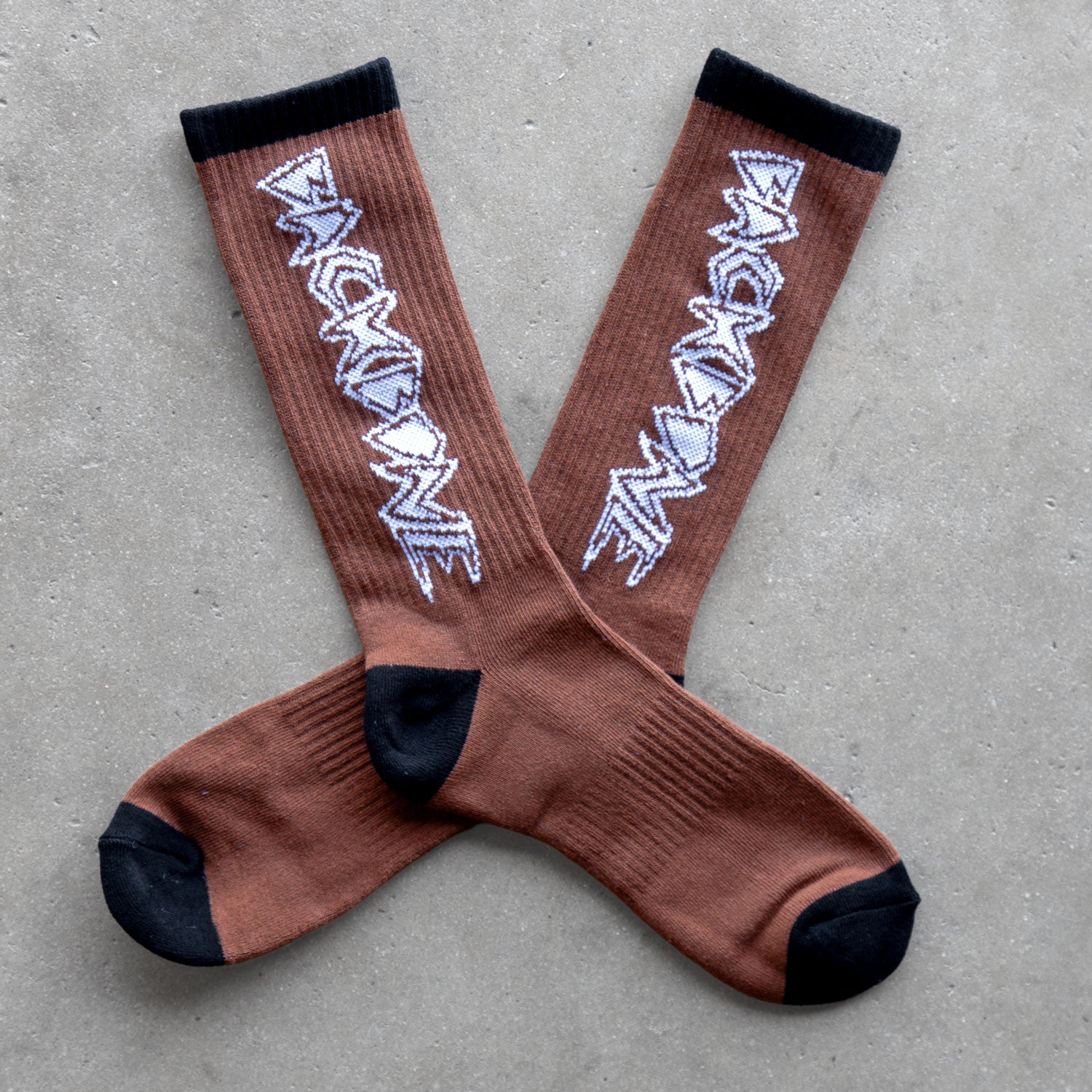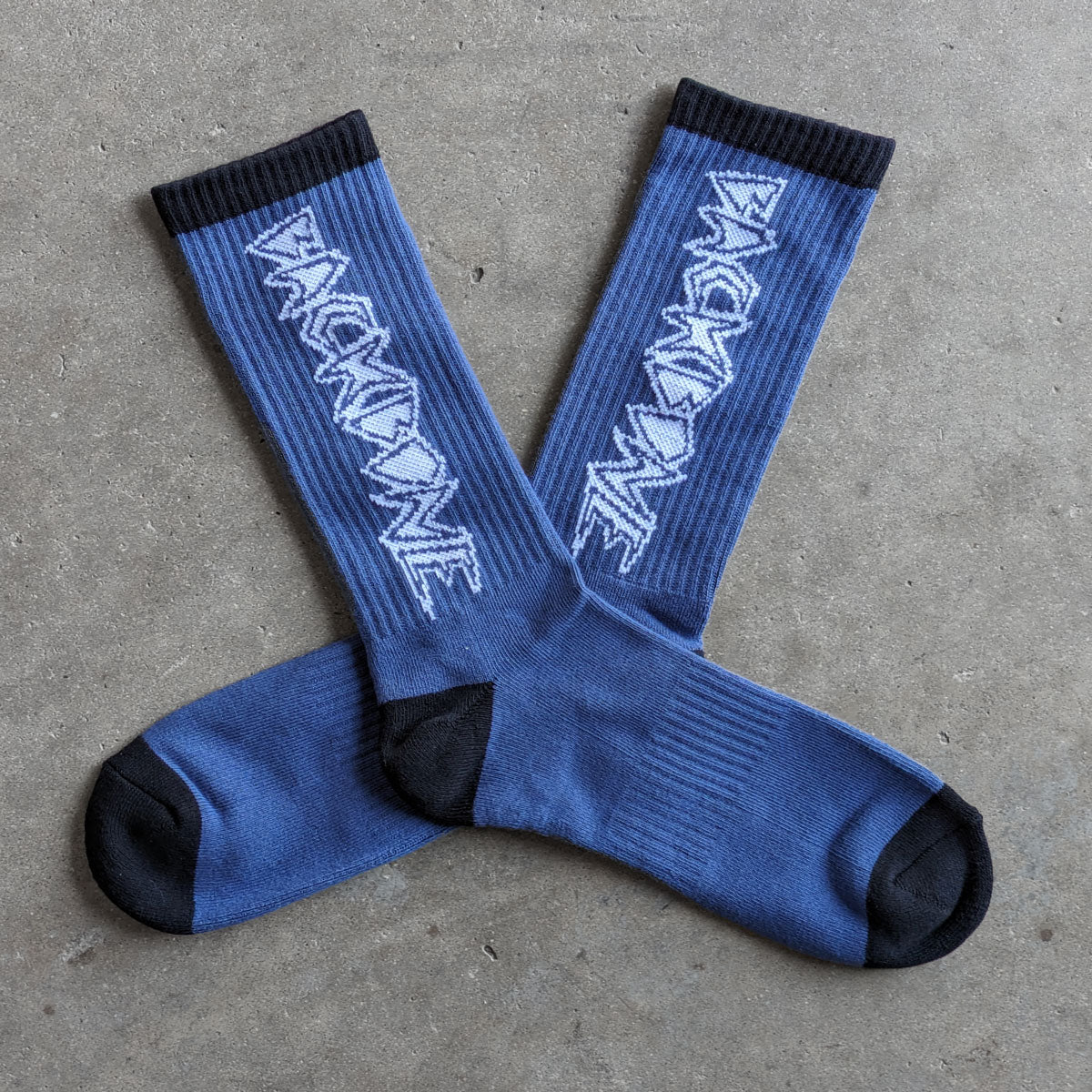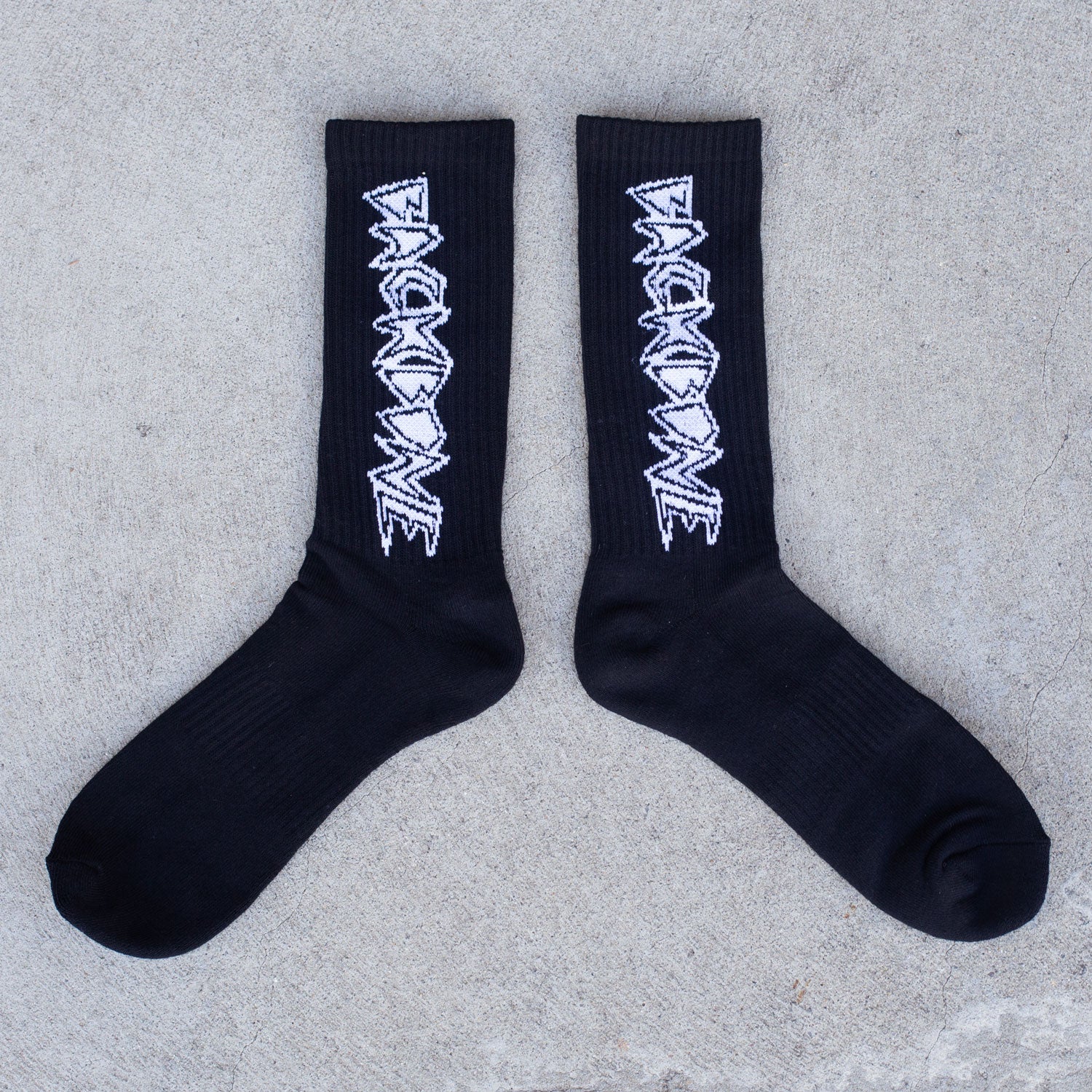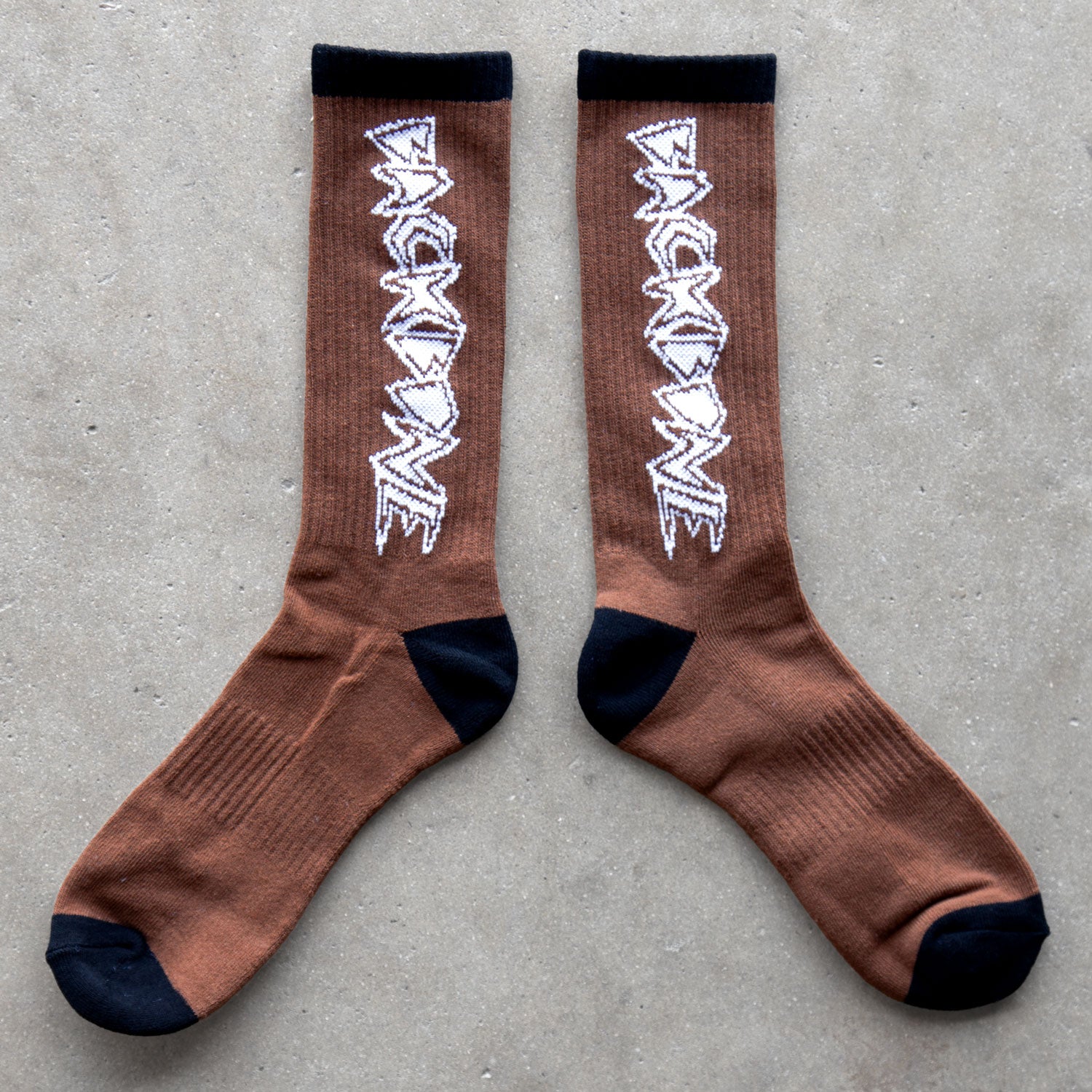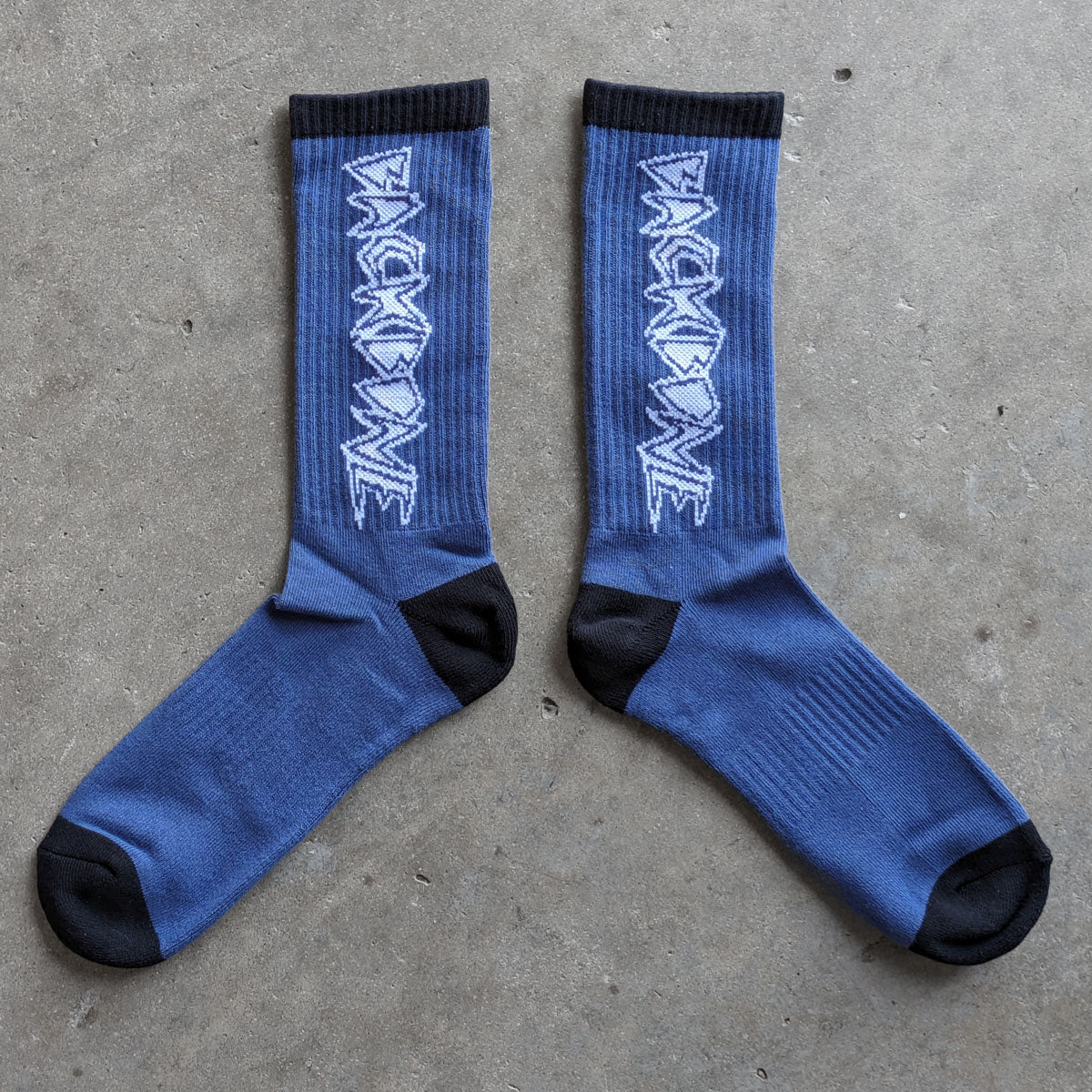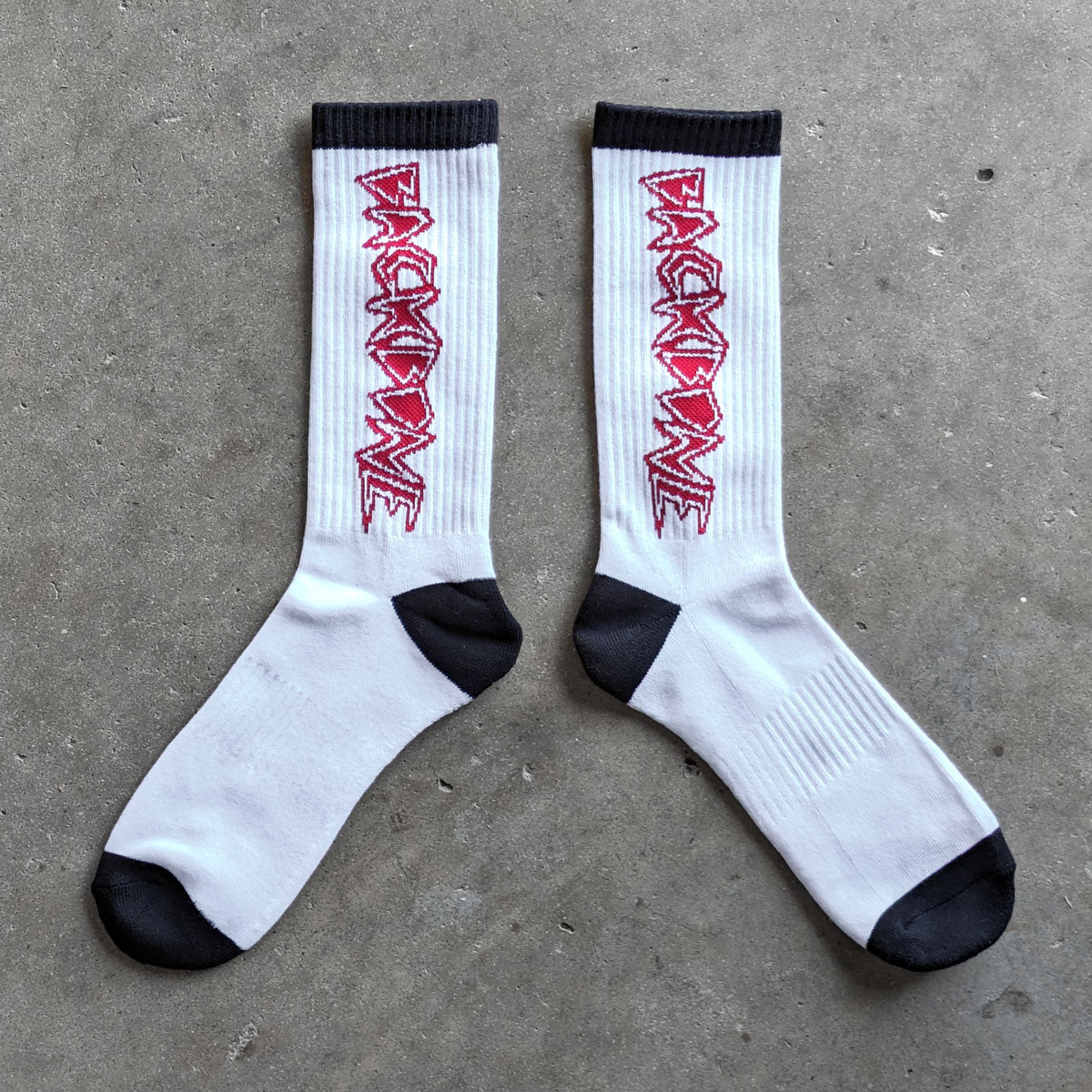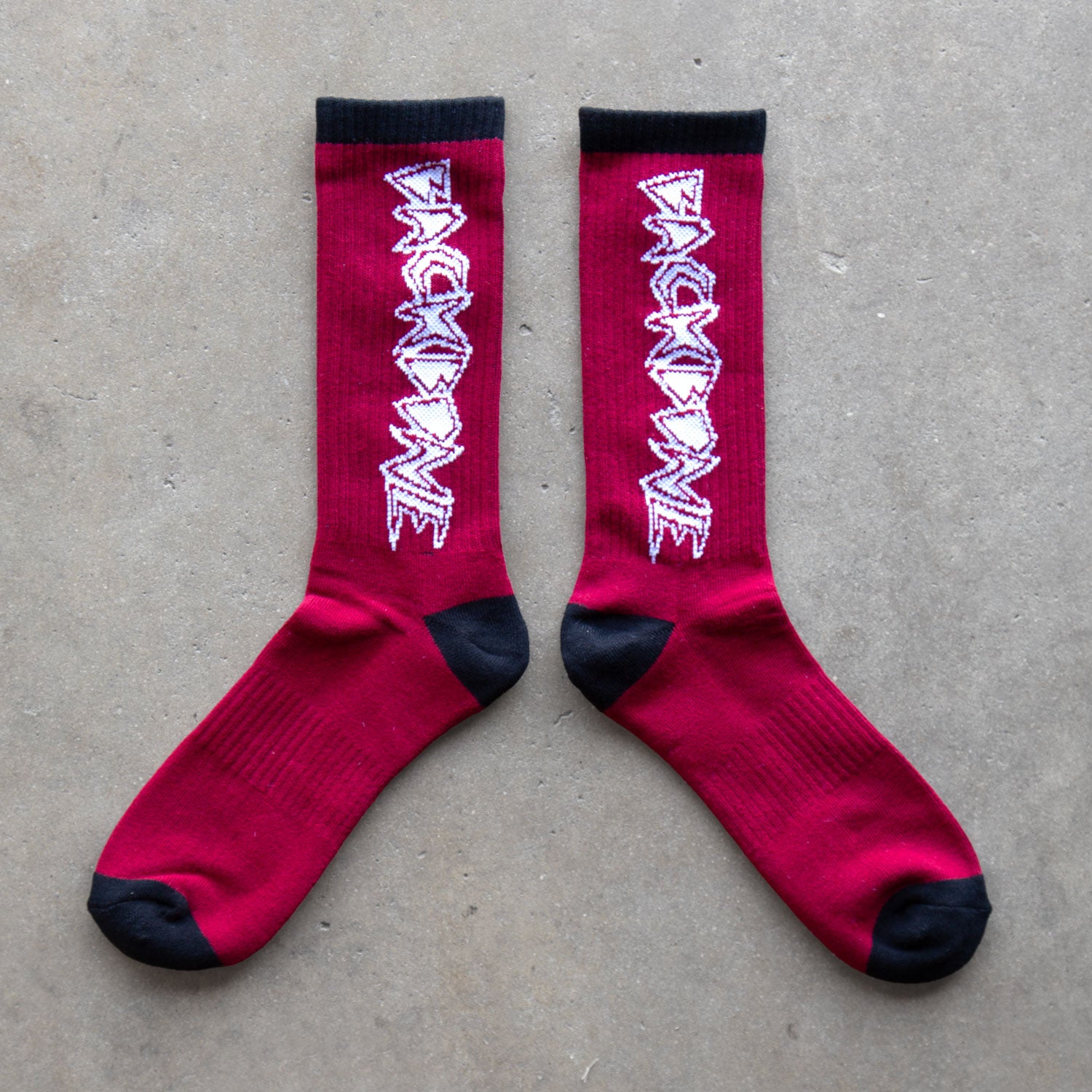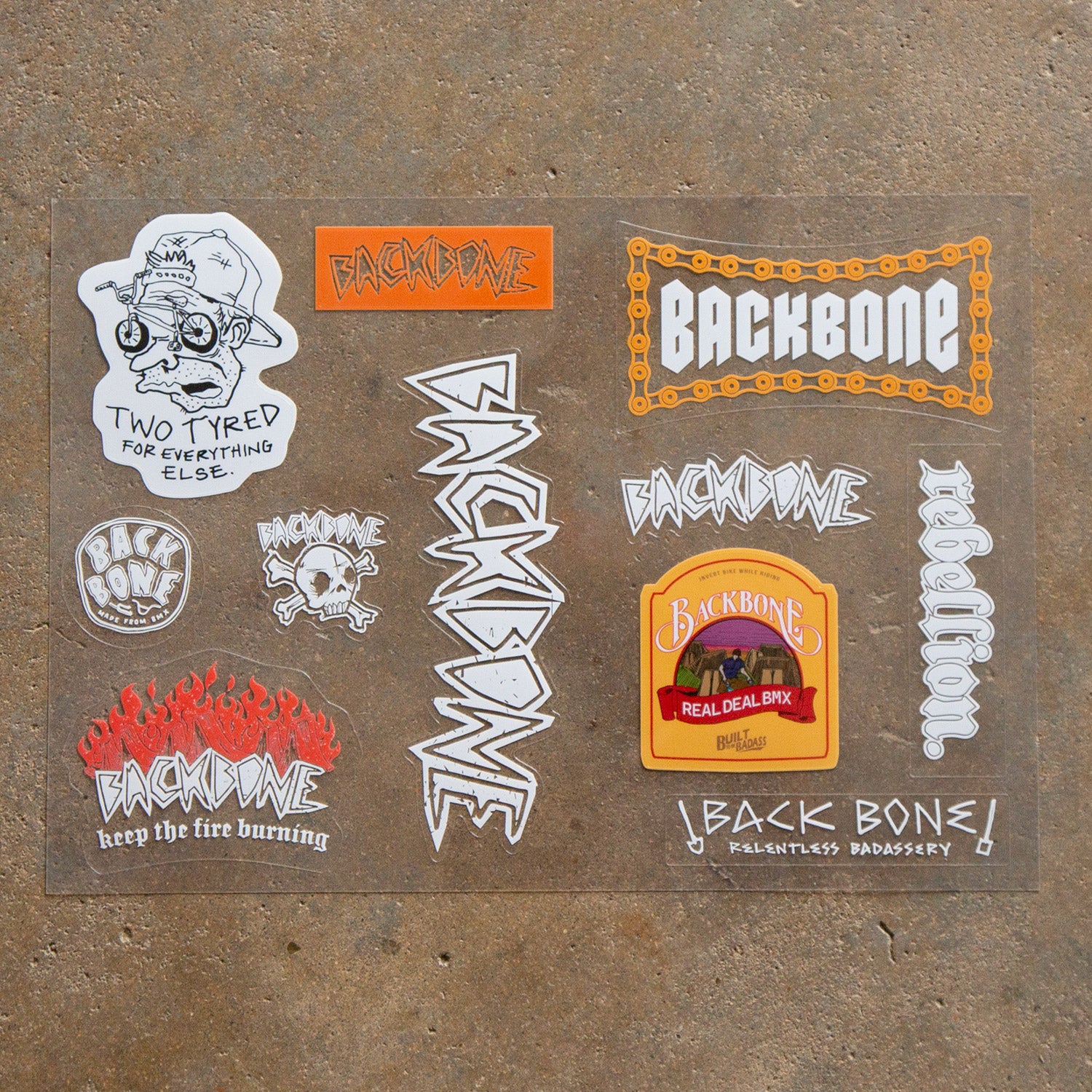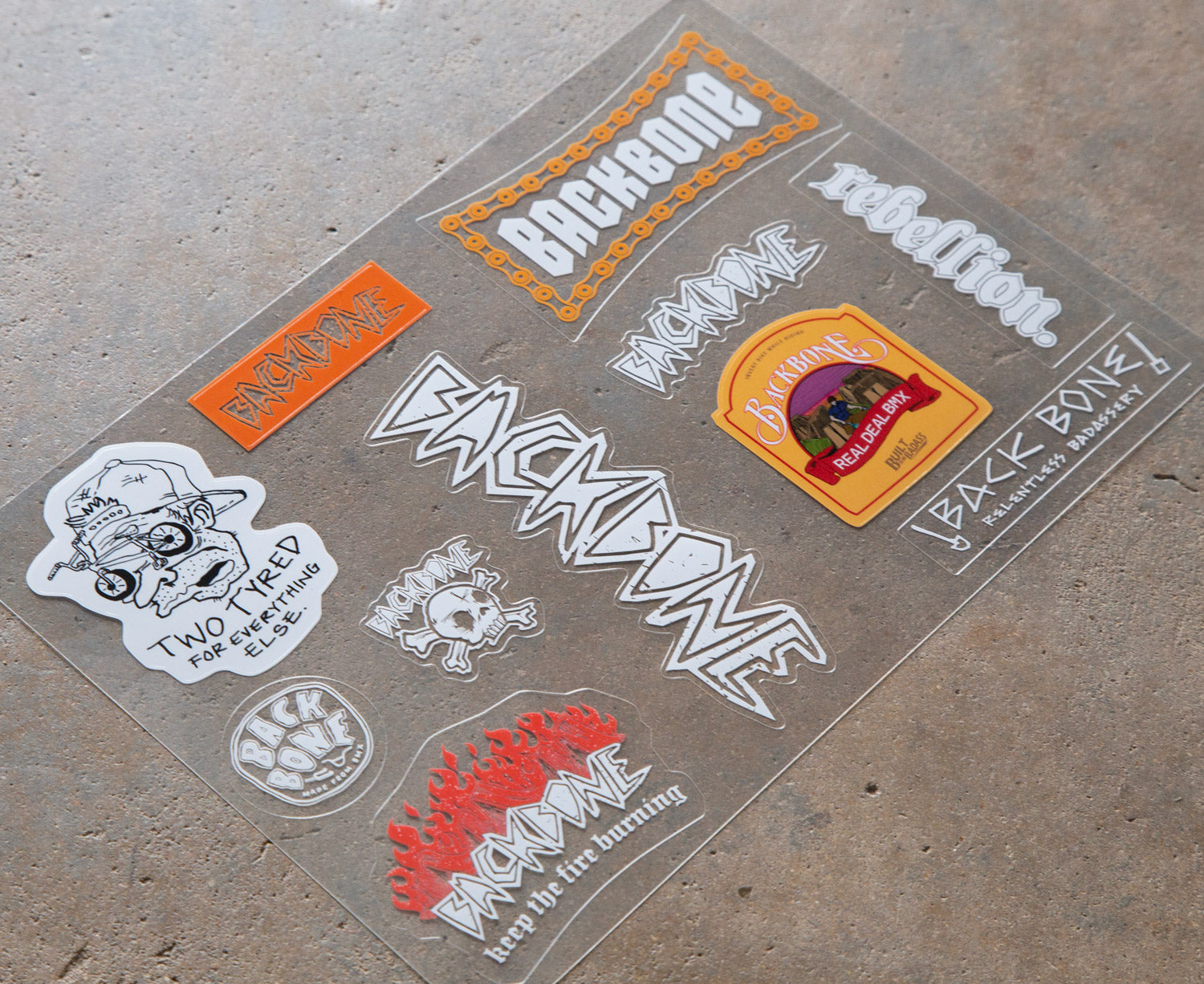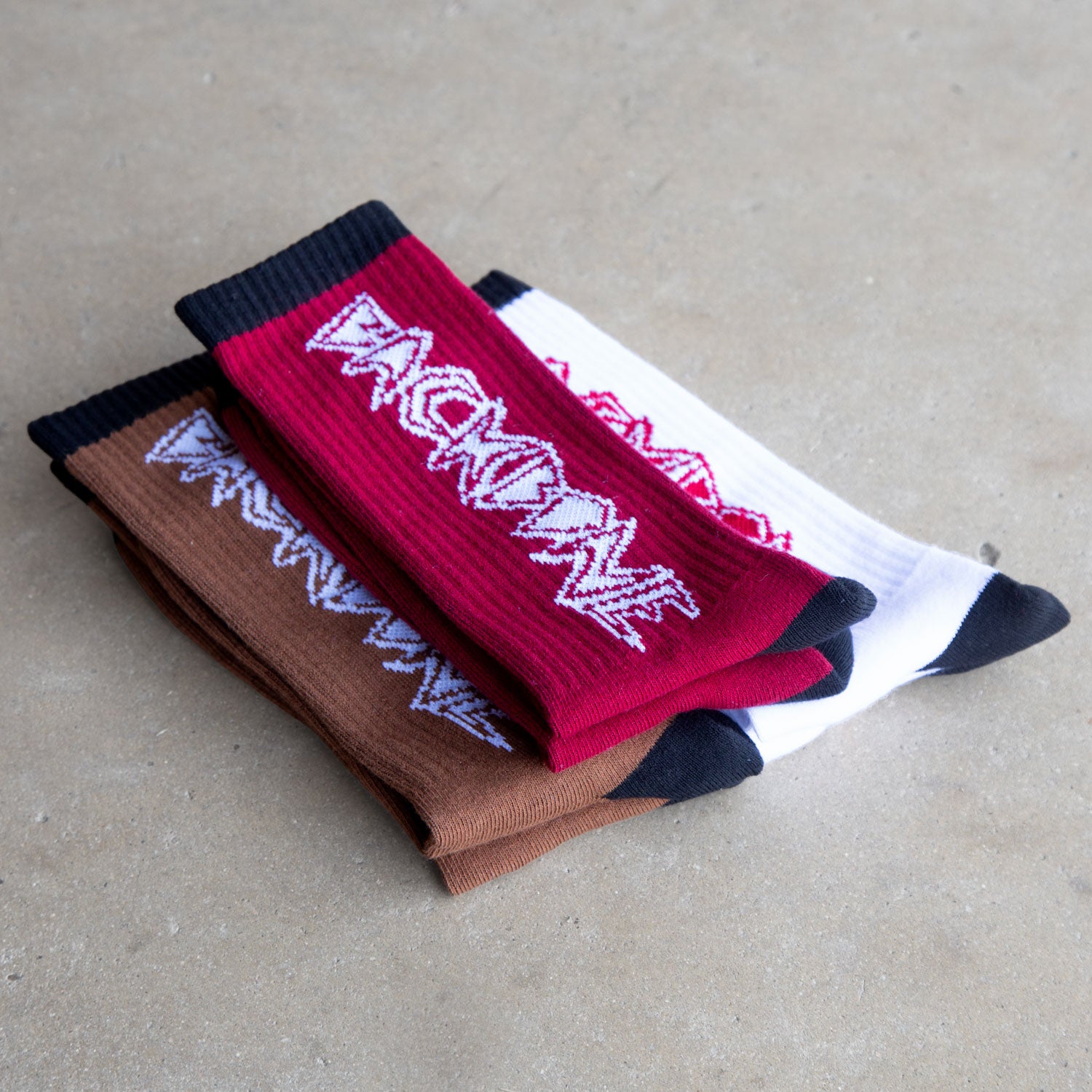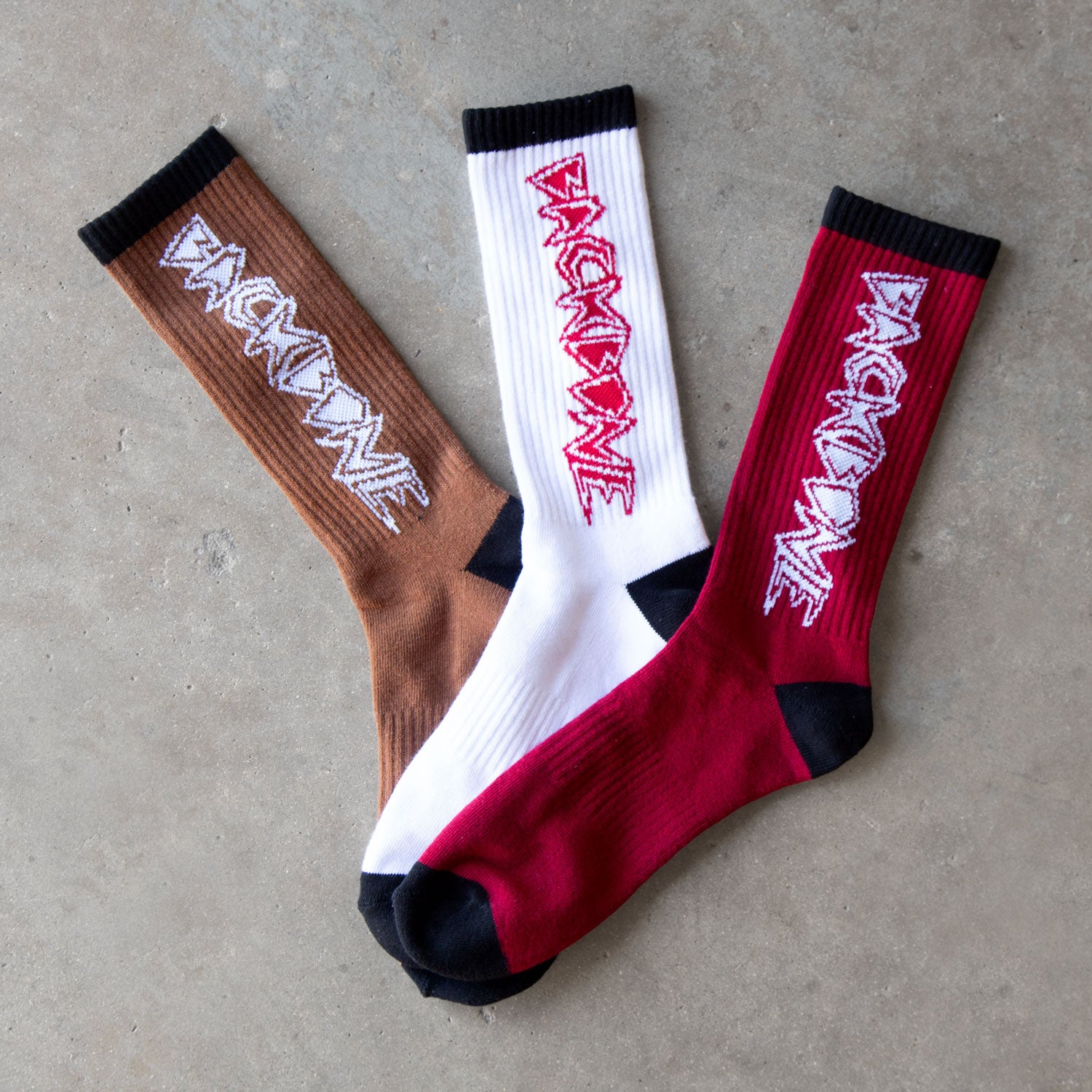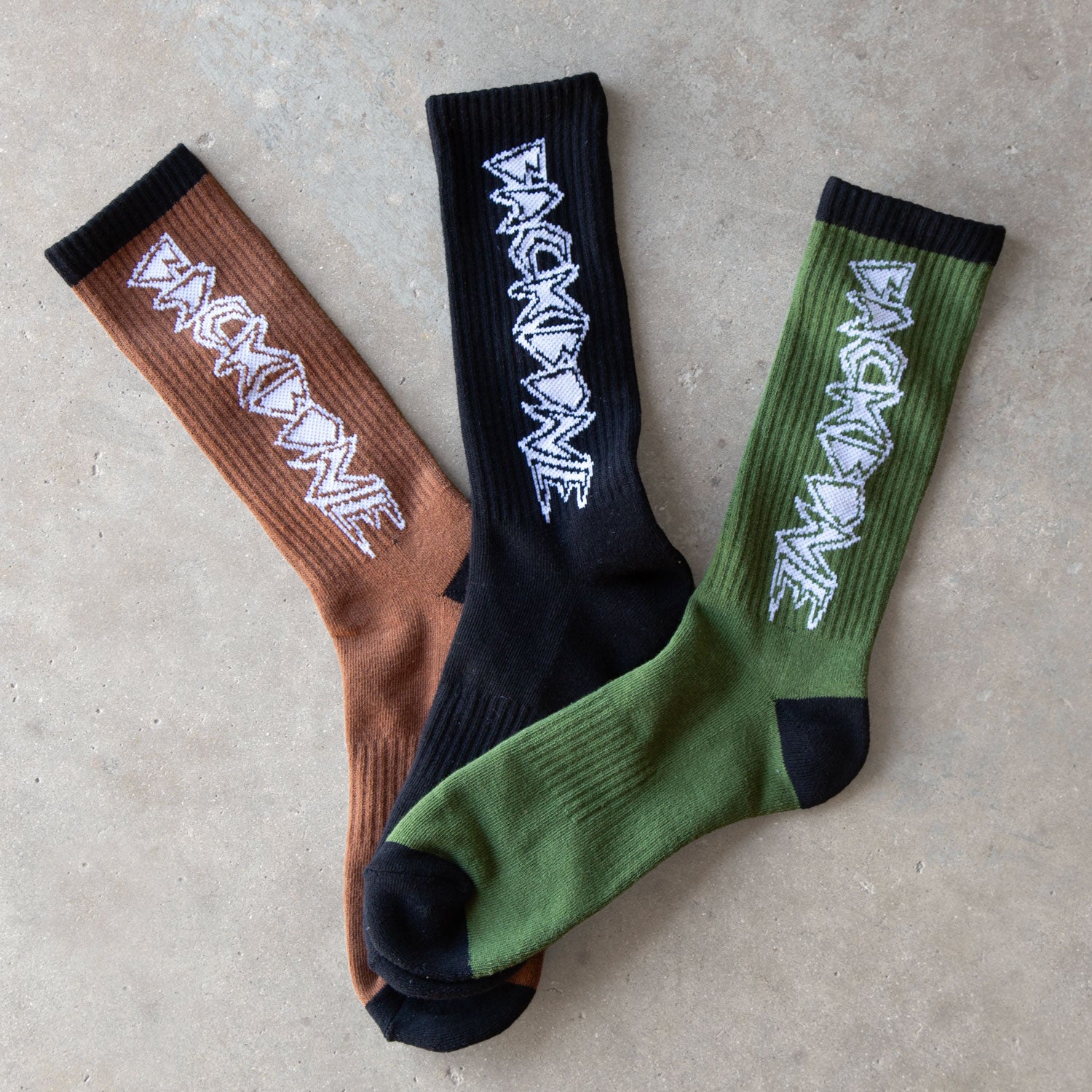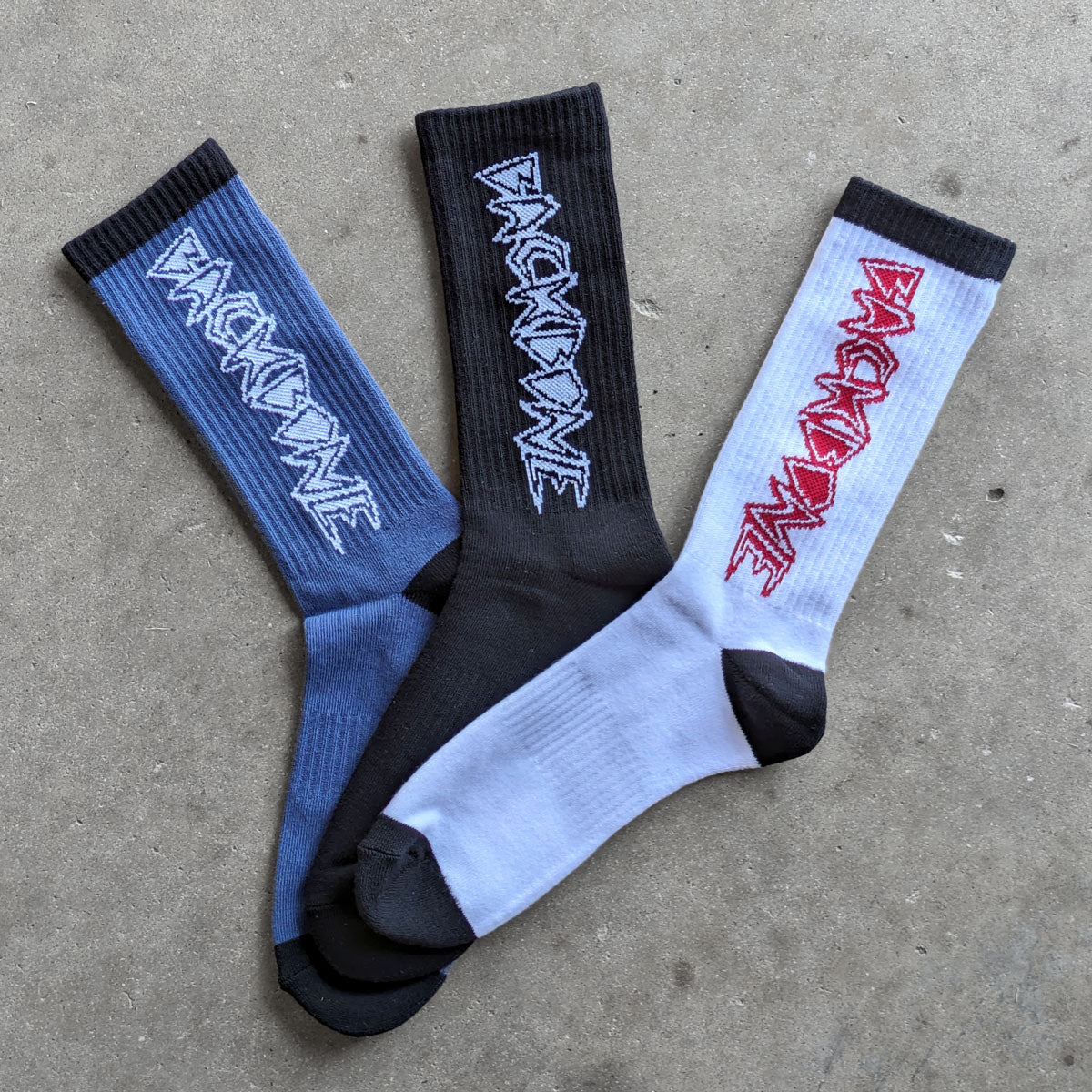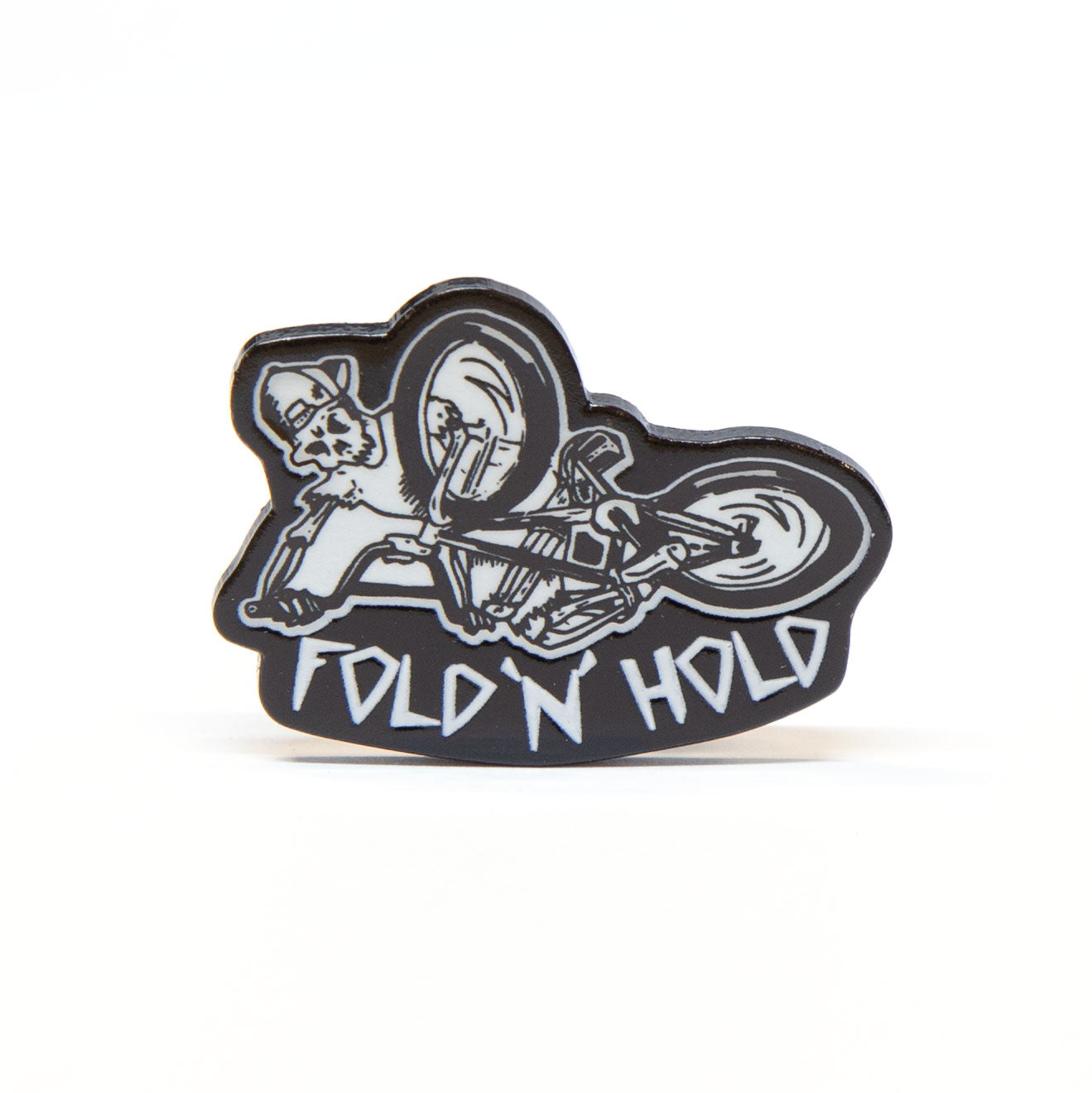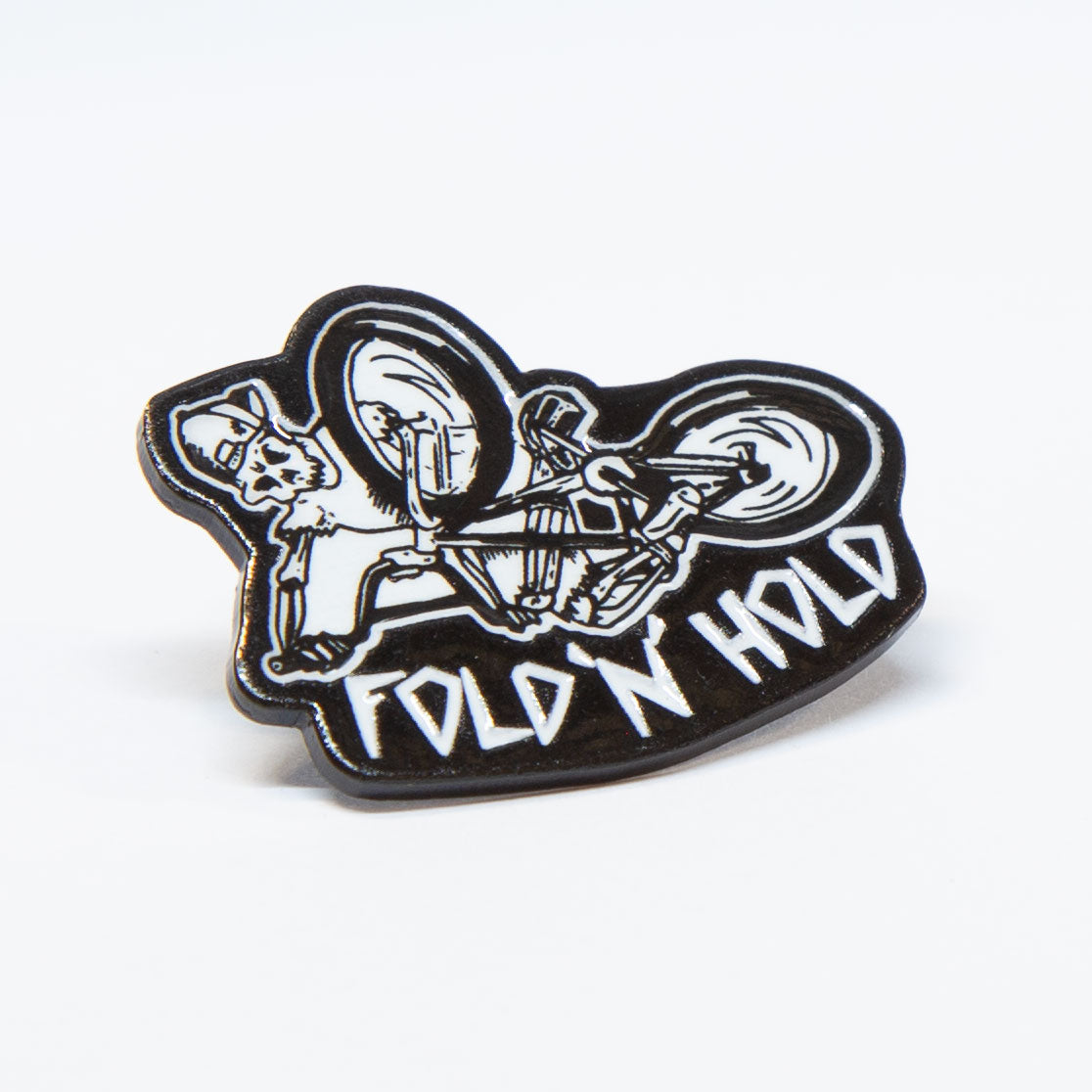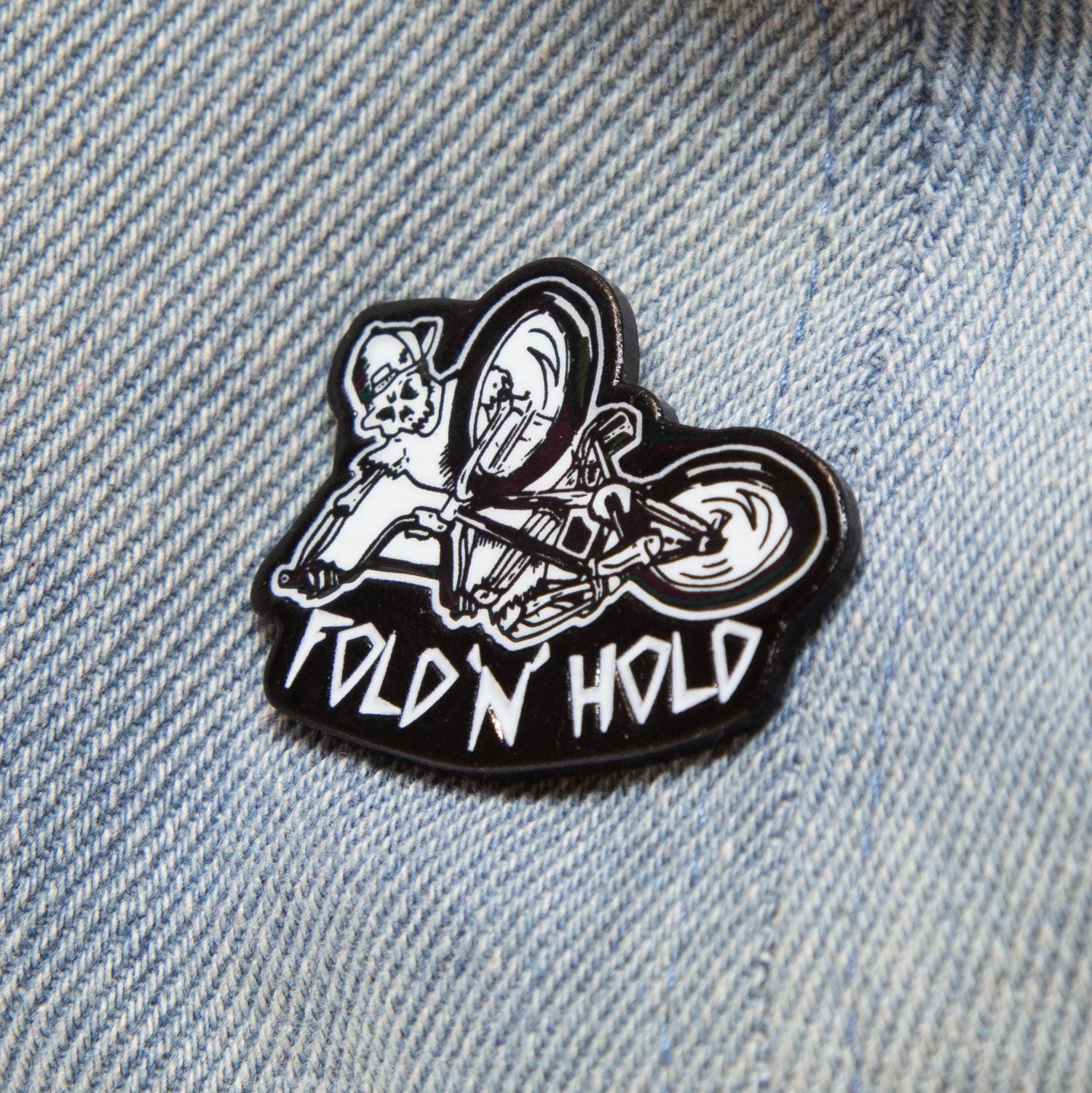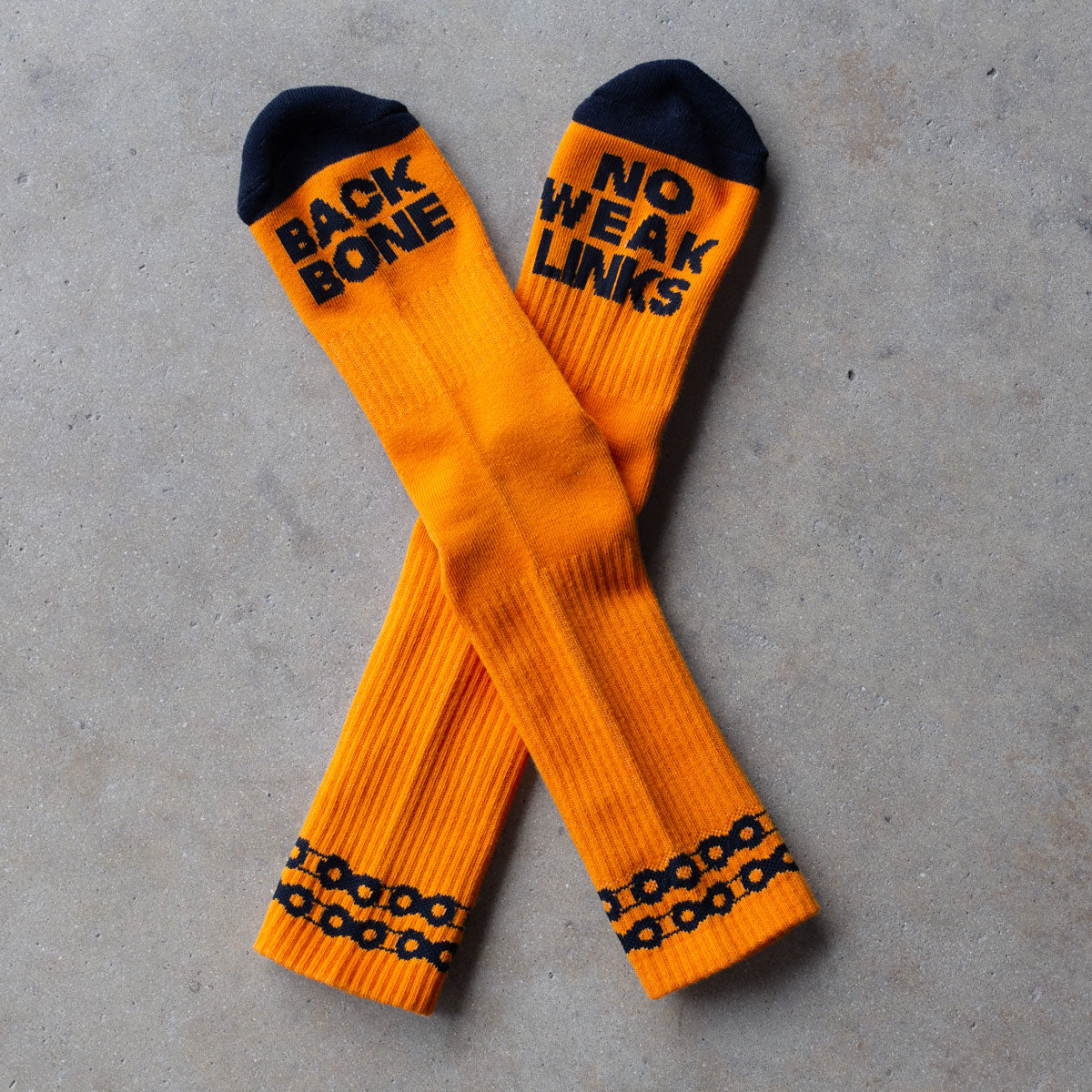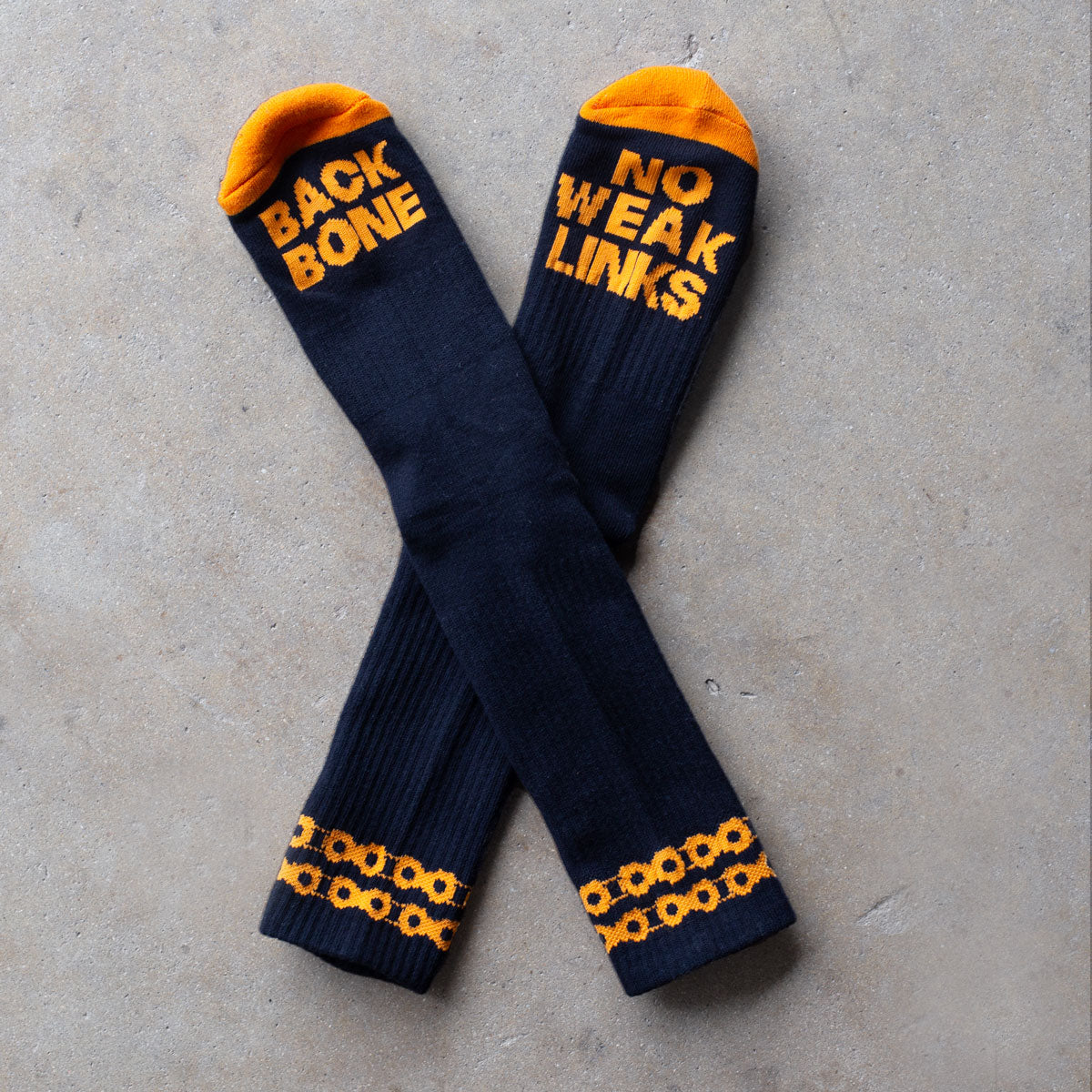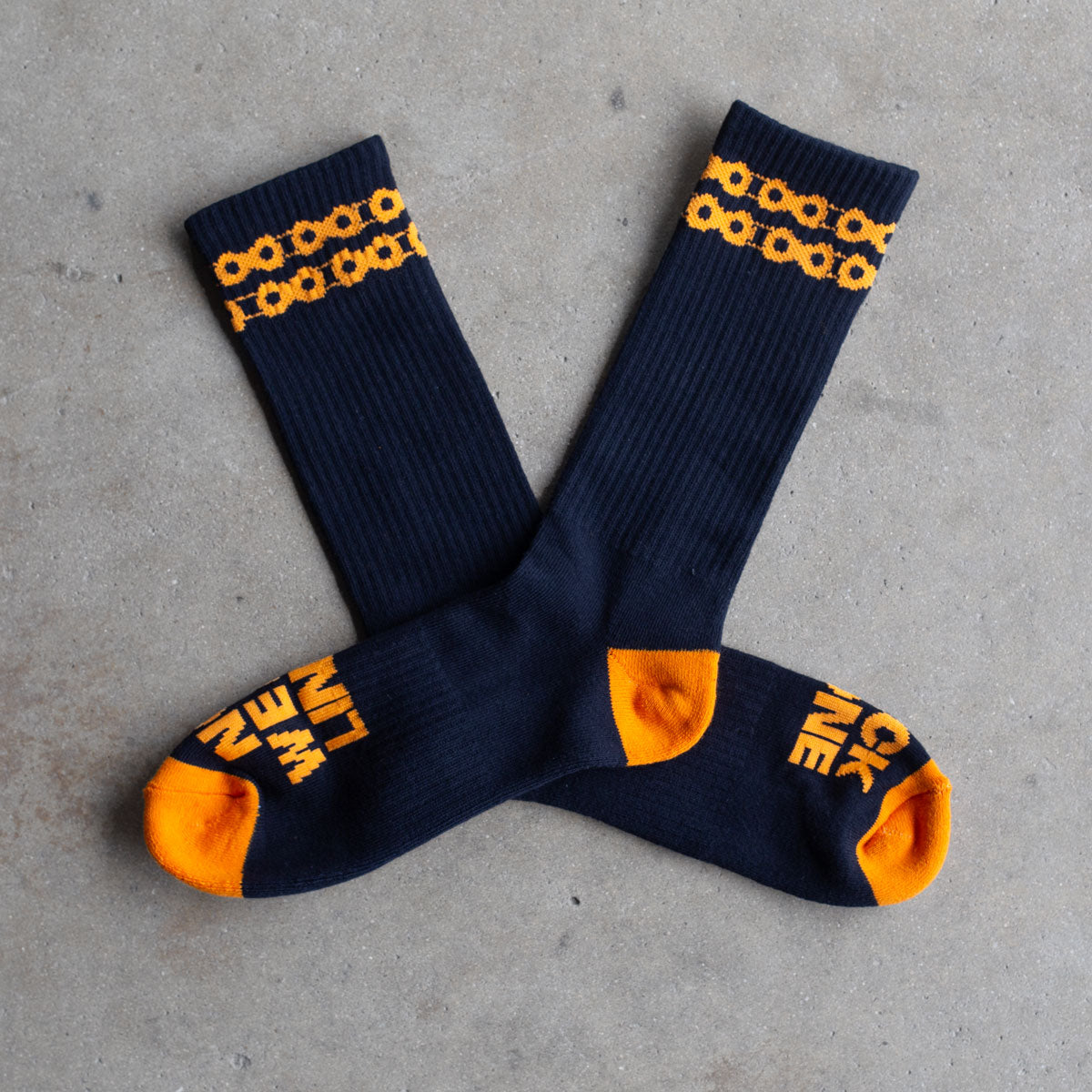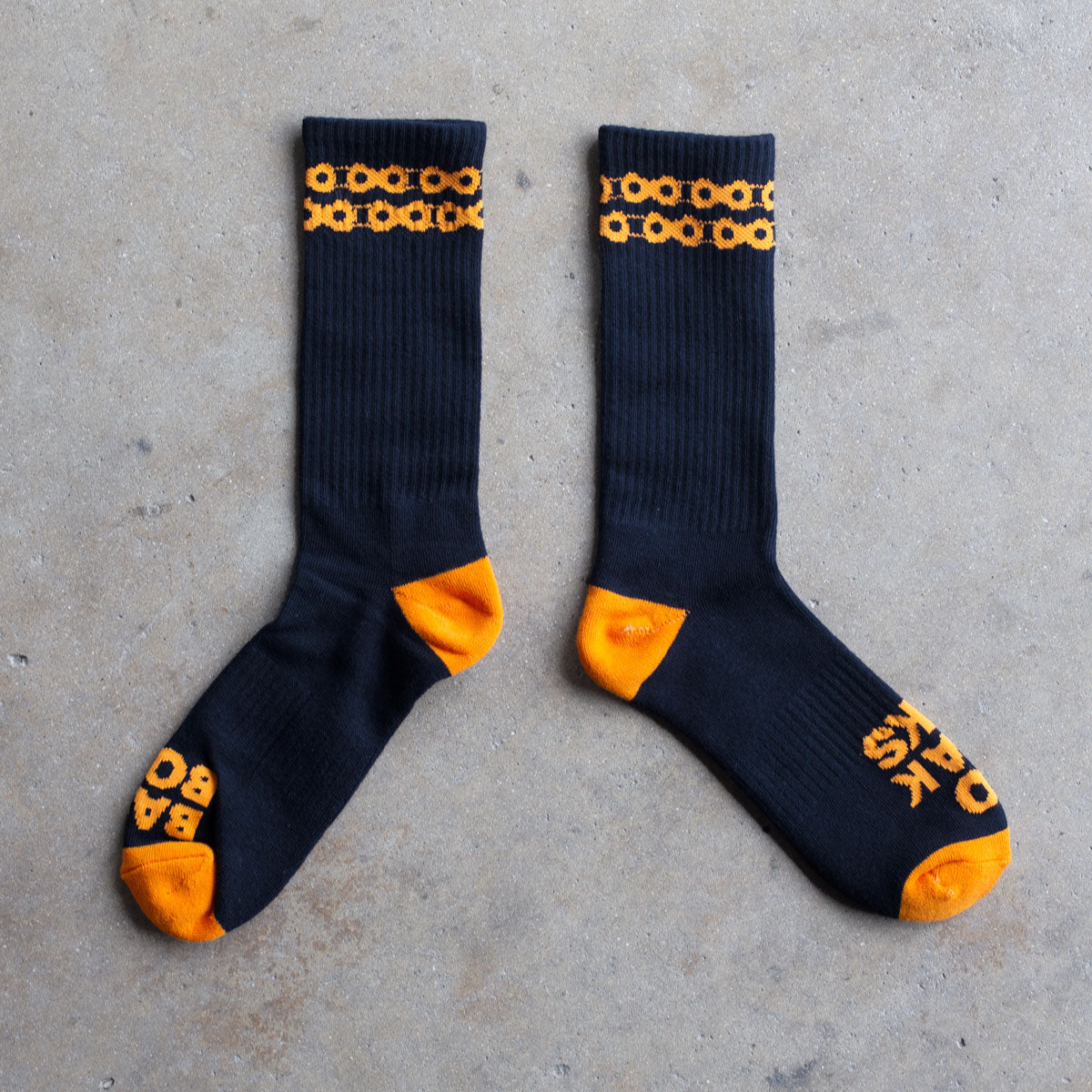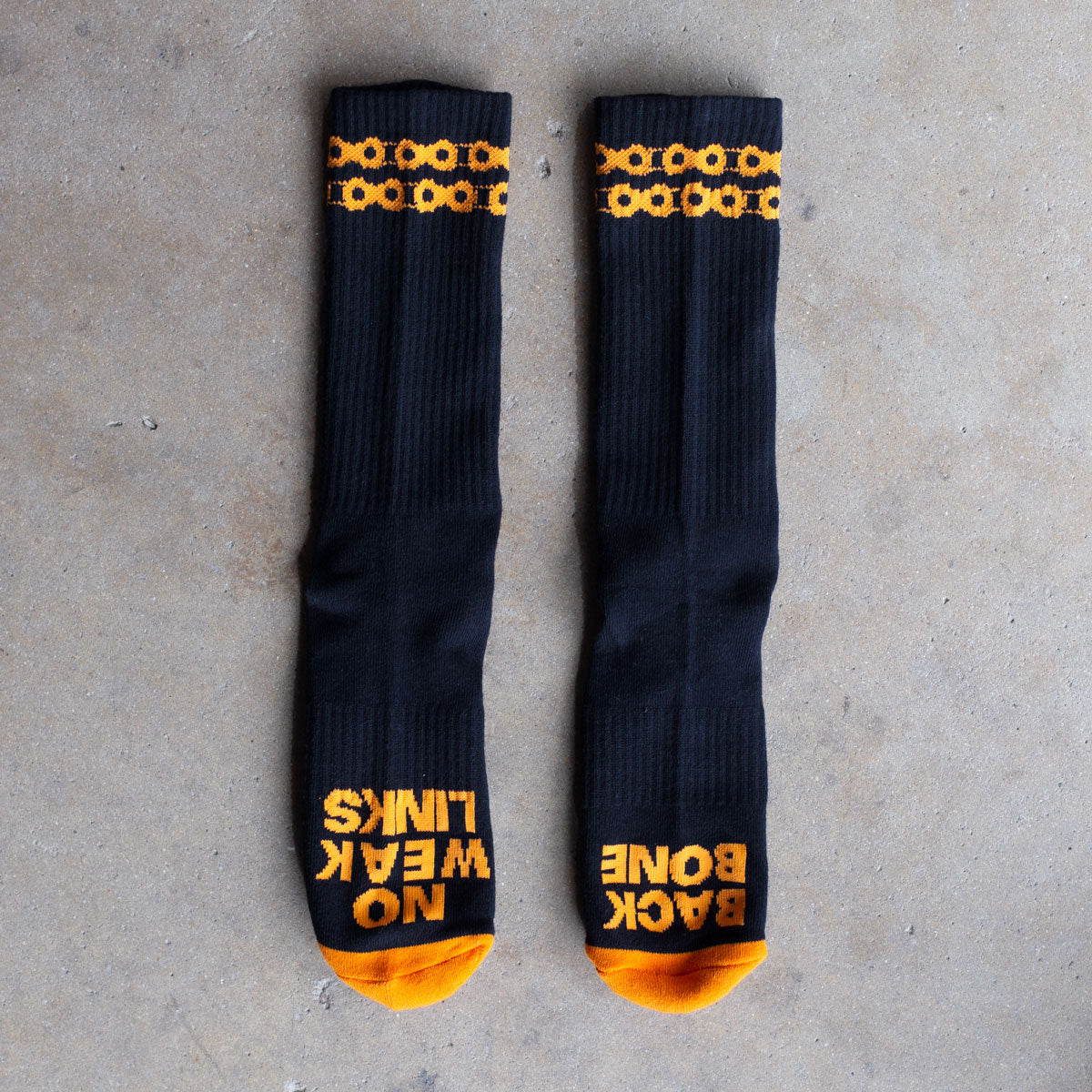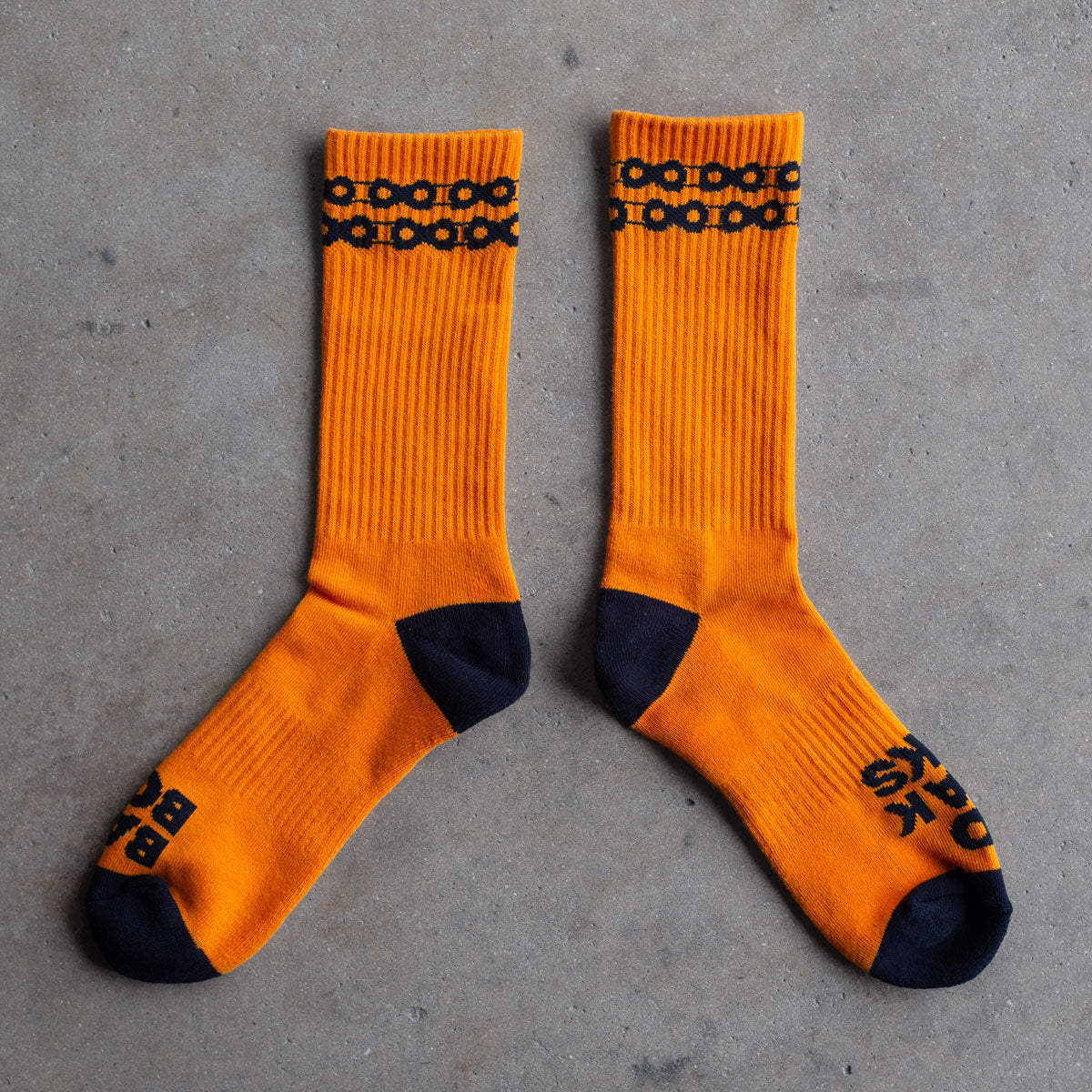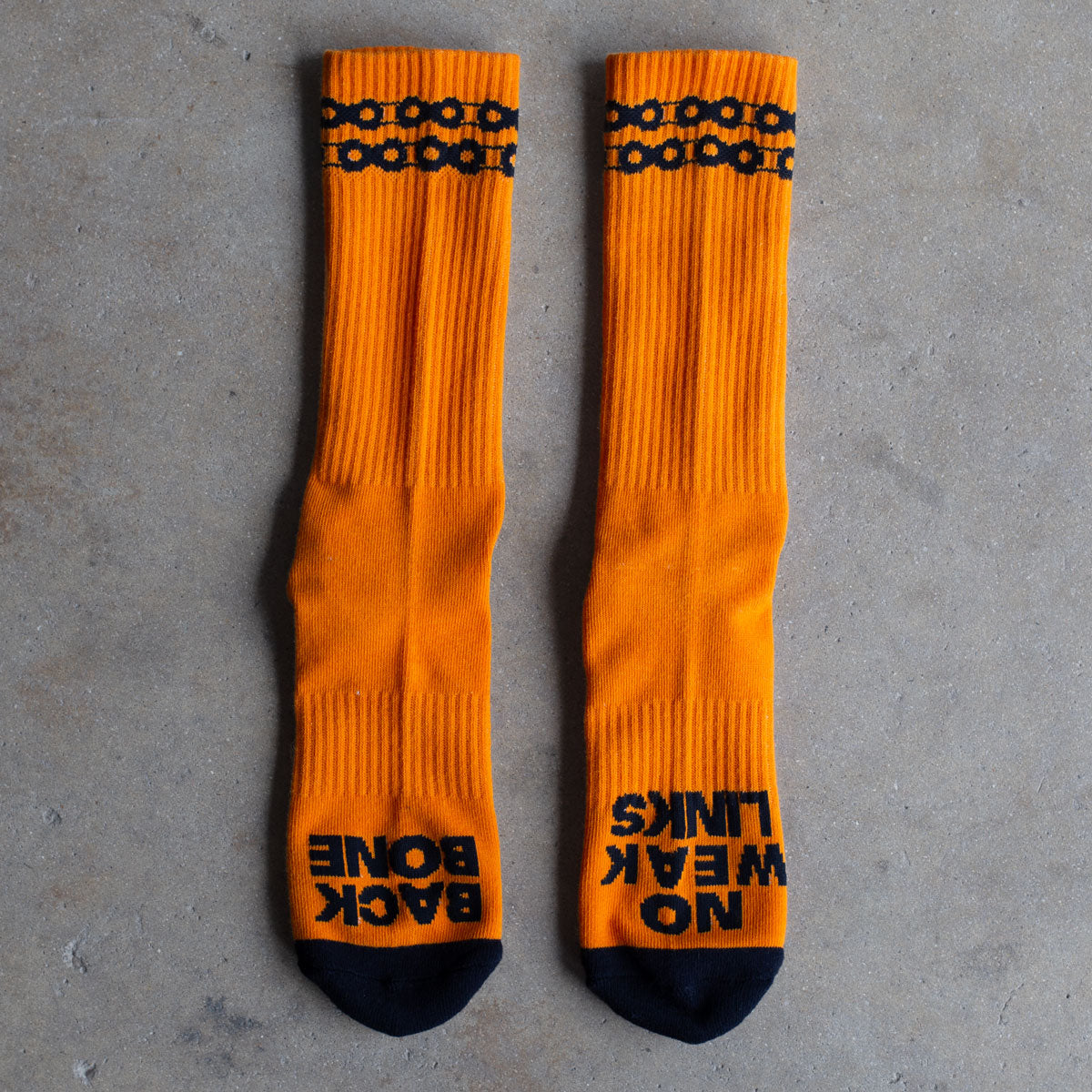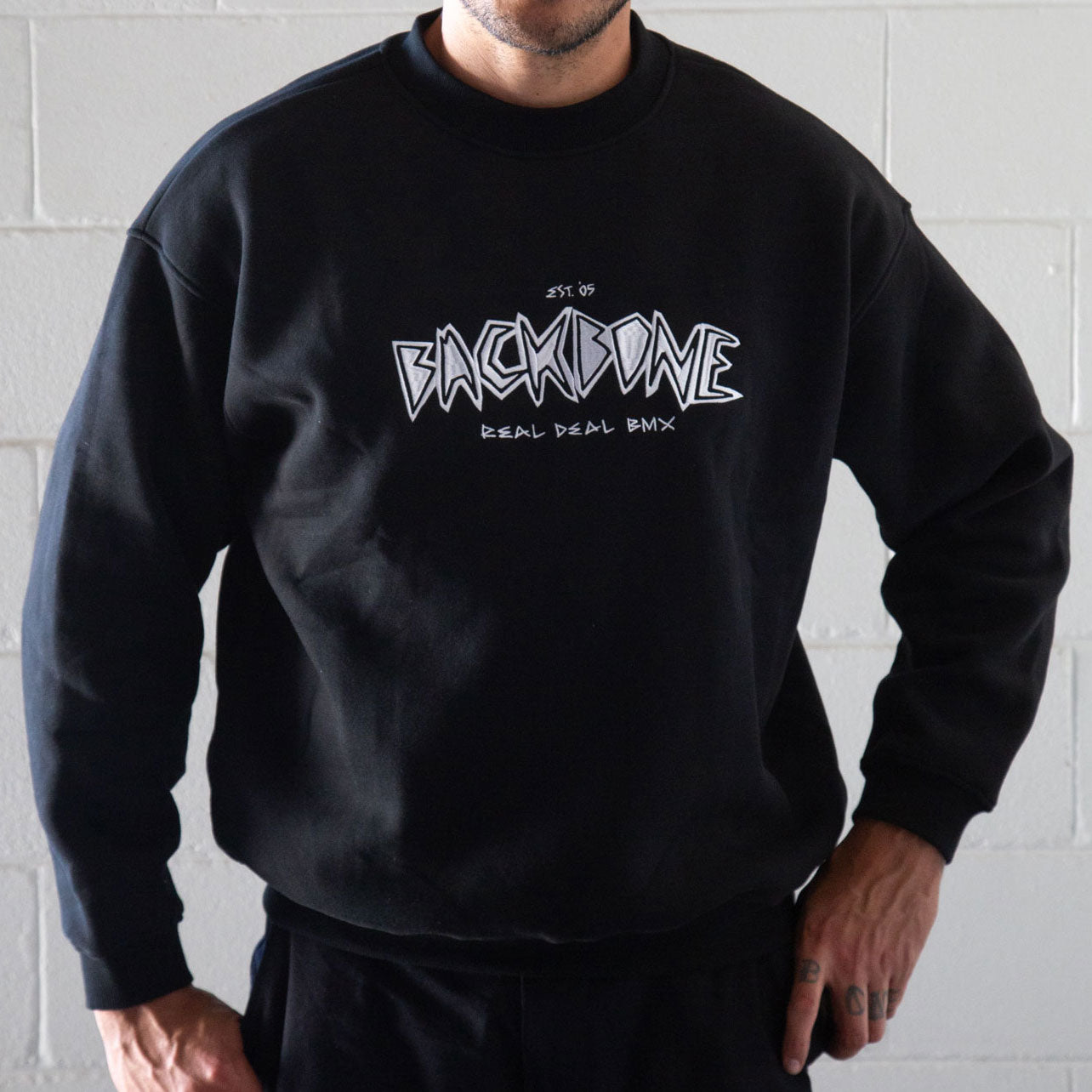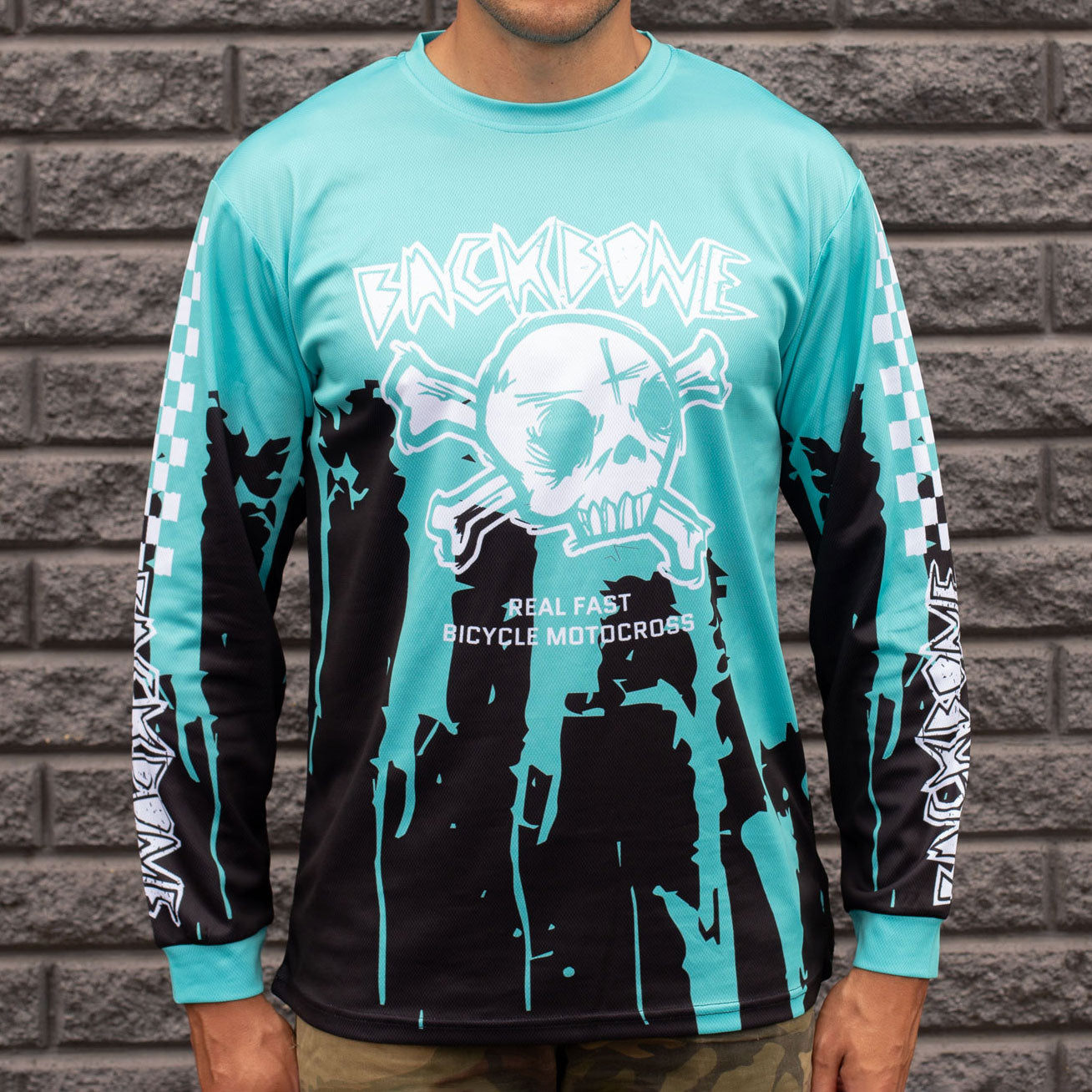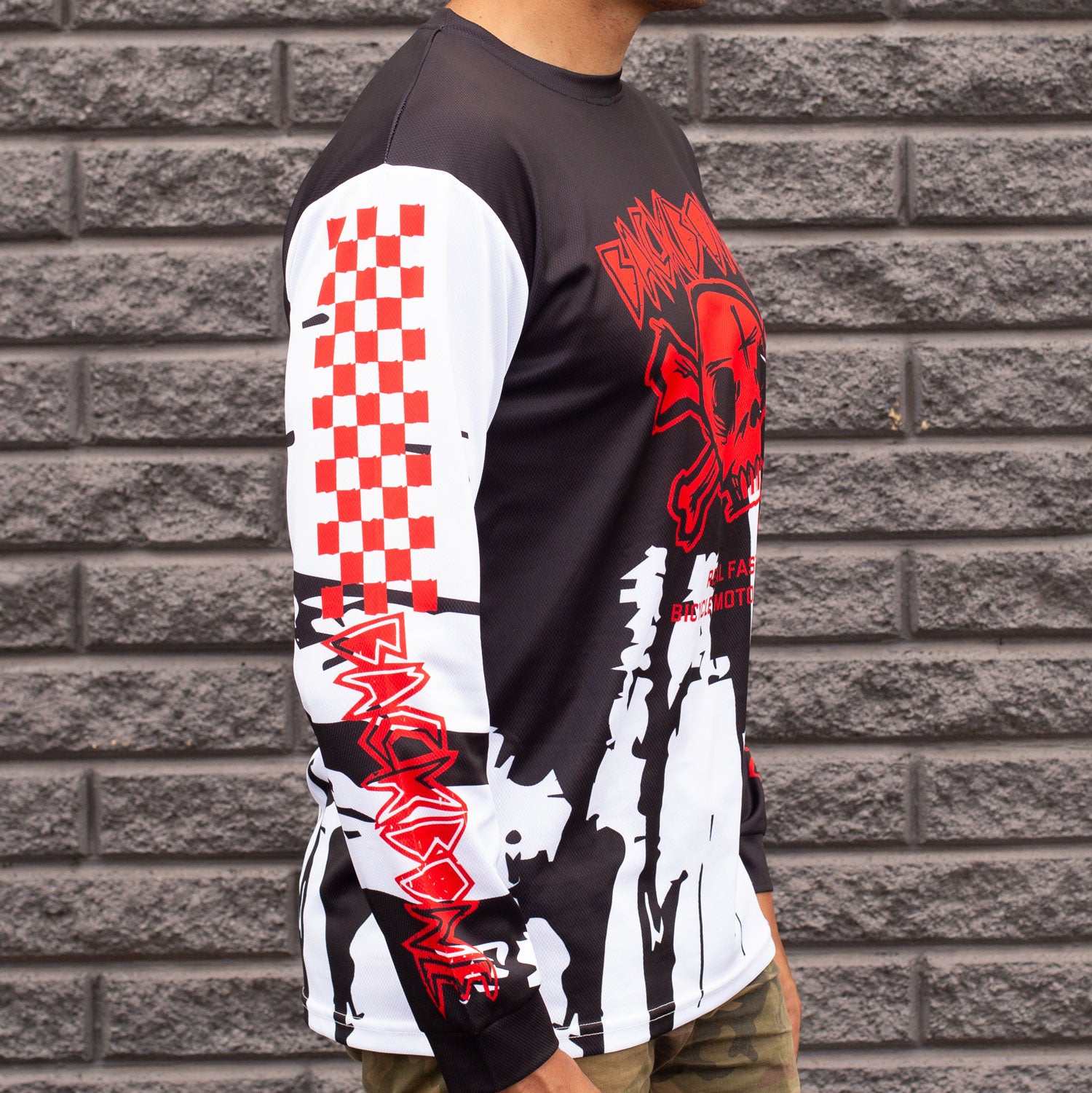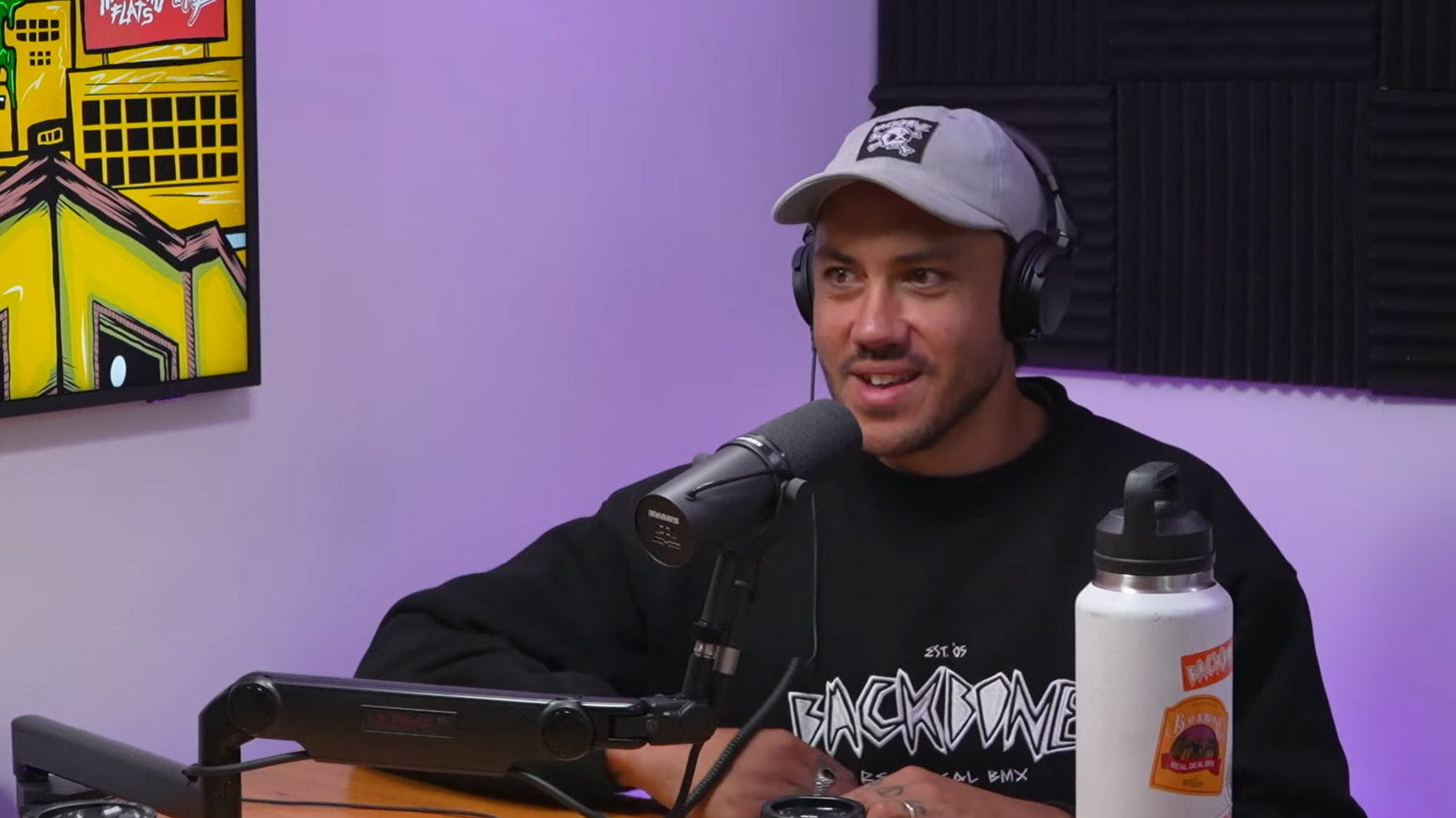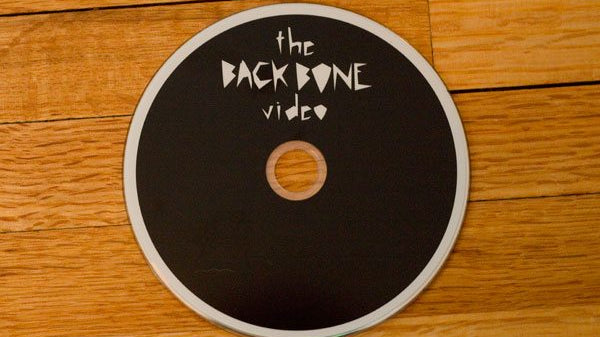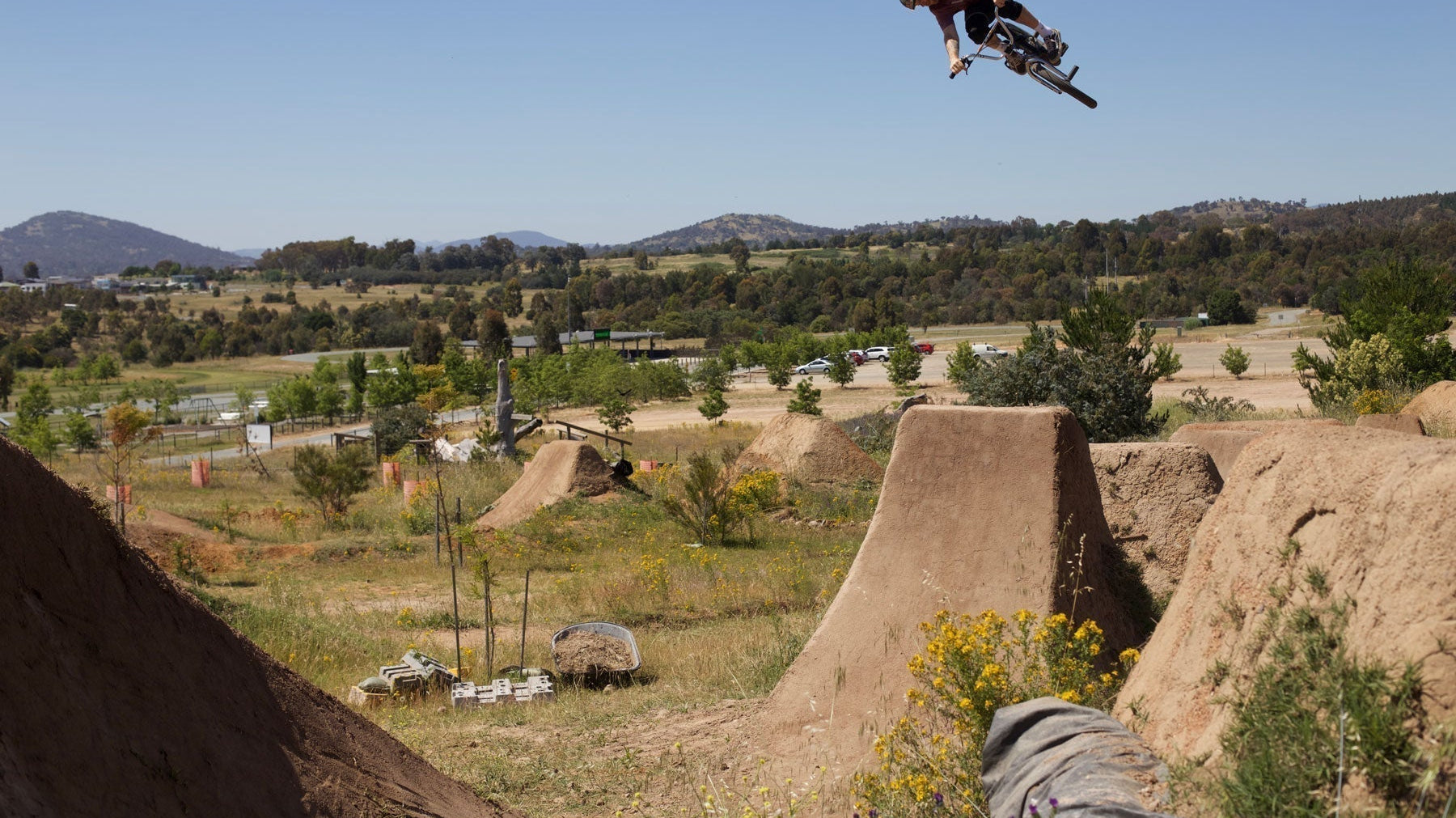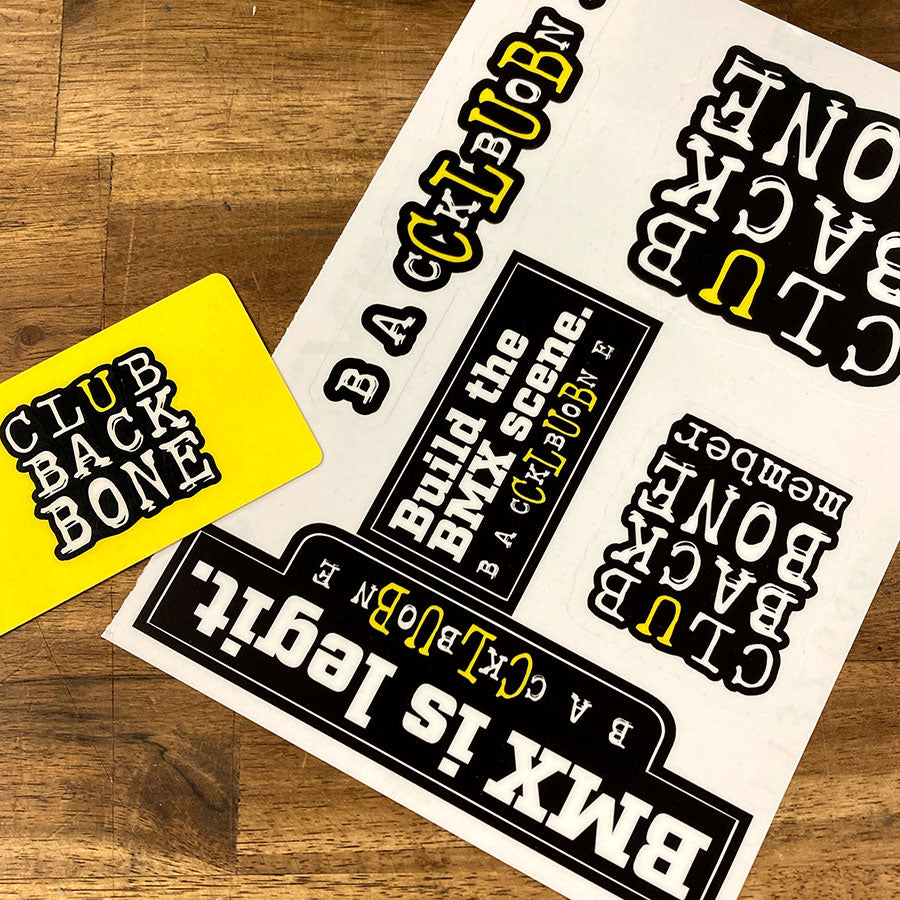Ask yourself; does BMX need to be popular?
Is it going to “ruin” BMX if it’s more popular – or do you think that it’s not popular enough?
BMX is a counter-culture, something that doesn’t fit within the mainstream. For the die-hards, we will always love BMX and do anything to keep the dream alive.
But the popularity of BMX should be something that all die-hard BMXers should be paying attention to.
If BMX popularity sinks, it can mean more than just how many people are out riding.
It also affects the number of individuals who generate employment opportunities within the BMX.
That’s not just professional riders.
It’s BMX shop and brand owners. Skate Park and Dirt Track Builders. It’s bike manufacturers. Videographers and photographers. BMX distribution companies.
Not to mention events.
When you start thinking about the popularity of BMX and the type of things that it will sustain through its popularity, you realize that the future of BMX relies on its popularity.

Consider a scenario where BMX becomes so unpopular that most BMX companies cease to exist because it's no longer favourable.
Imagine a world were there is only a few hundred riders on the planet live for BMX.
No new bike parts.
No events to go to.
No BMX media to watch.
No competitions.
Skateparks and dirt parks that cater towards BMX stop having features that would be more aligned with BMX.
Everything about BMX is dead.
Now consider the opposite scenario, a place where BMX now is the most popular thing on the planet.
Imagine BMX as commonplace as driving a car.
The infrastructure that supports car driving is not only everywhere - it is essential.
Events dedicated to watching cars drive around a track happen year-round, drivers being paid well for their skill.
Technology for cars is constantly evolving and improving.
The possibilities for cars are limitless.
I know you might be thinking. “Hang on a second - people drive cars for modes of transport… They don't just drive cars as a pastime or hobby.”
The truth is, no one ever really knew that they needed a car until someone came up with the idea.
There was a time where everyone rode horses; there is a famous quote from Henry Ford “If I have given the world what they were after the answer would have been a faster horse.”
The world did not know that they needed a car.
Ford created a car.
150 years later the entire world is based around car driving and the infrastructure that supports car driving.
Another way of saying that car driving has gotten incredibly popular.

Let’s revisit that example with BMX bikes.
If everyone in the world owned a BMX, skate parks and dirt parks would sit on every street corner.
Manufacturing quantities of BMX bike parts increase, which sees production costs decrease, leading to greater availability and lower prices for riders.
The calendar becomes stacked with high end BMX events.
Streaming platforms create documentaries and TV shows based on your favourite BMX riders.
Pro BMX riders see financial benefits due to more attention from corporate entities willing to invest in BMX.
Companies invest in employment for their BMX sector.
This presents the ebb and flow between corporate and hardcore in BMX.
What is the definition of hardcore?
It can take on meanings depending on who you talk to. Trail builder, street rider, only likes certain brands, years riding, trick choice.
These are all superficial.
At its core, a hardcore BMX rider is someone who loves BMX, rides BMX, and will do it regardless of what is in vogue, or what others think about them. A hardcore BMXer loves BMX and the enjoyment it brings them.
Understand that BMX can mean different things to different people.
BMX is a young “sport” that can suffer from amnesia.
There are riders who are in their fifties and even sixties, who were legitimately the first to experience BMX as it arrived.
BMX came into existence in the 1970s. There was no right or wrong way, it was just BMX.
There are BMX riders that have witnessed the birth of BMX and may very well have shaped what it was at the very beginning.
These pioneers may not ride as much anymore, if at all.
But they are as hardcore as a 20-something year old BMXer of today.
For example, take someone who is currently serving in the Army.
Are they more “hardcore Army” than someone who served in Vietnam?
The answer is an obvious no.
Disassociate from the modern-day connotations of “hardcore BMX.”
Let yourself understand and empathise with ideas from the past.

The 1980s was a time of immense prosperity in BMX – the BMX boom.
It was also a time of neon everything, BMX in movies (even BMX movies), shows in shopping malls and corporate sponsors.
In the late 1980s, BMX popularity dropped.
The riders that loved the sport kept going; riding, creating their own media and meeting up in a less formal way – competitions still took place, but also made way for the birth of jams.
BMX continued in this trajectory into the mid-90s, until arguably the most “hardcore” BMX rider of all time – Mat Hoffman, decided BMX could handle more.
Company owner, pro-rider, trick pioneer and event holder, Mat believed that BMX could grow.
Hoffman decided team up with a corporate entity, helping to create the X Games.
The X Games brought BMX back into the homes of the general public.
Mat Hoffman, one of the most hardcore BMX riders, a rider on the Mt.Rushmore of BMX, created a corporate BMX event with the intention of exposing more people to BMX.
Whether it is the riding style of BMX, the network coverage, or the sponsors that it brought in, Many “hardcore” BMX riders look at the X Games with distaste.
But the fact is, X Games showcased BMX to the masses, leaving lasting impressions on many and ultimately spawned generations of riders who are now considered “hardcore BMX” themselves.
Even riders like Dave Mirra - the poster boy for X Games – inspired countless youths to pick up BMX for the first time. These young riders did not all carbon copy into the next generation’s Miracle Boy, but instead went into street riding, trail building or bowl shredding.
You might be surprised to find out who references Dave Mirra as an early inspiration in their BMX lifetime.
Corporate events like X Games, movies like BMX Bandits & ET, these show the door to potential riders. There can be a path to follow – or they can freestyle it, like their BMX predecessors did.
The timeline of BMX is forever changing.
It is a time of immense opportunity. We are in the “Mat Hoffman just before he pitched the X Games” era.
The hardcore riders of today have a chance to steer the ship of BMX.
It can be taken to a place of abundance, or it can stay right where it is.
But be aware. When something stays where it is, it diminishes over time.
Things either grow, or they die.
This is not all there is see in BMX.
It can be even better than we imagine.
For it to stay where it is – which is for it to slowly die – we need to keep divided. We need to not appreciate the different aspects of BMX. We need to not show up to jams or events that don’t suit our style completely. We need to not support the brands or shops that are trying their best to guide their community in a positive way.
To steer the ship to abundance, it will take BMX riders from all facets of BMX to come together in cohesion for a greater good. To let go of our ego. That a trick, or a bike setup, that others choose, doesn’t affect our own love of BMX.
It is the love of riding BMX, the support that fellow BMX riders show each other, that will raise us up to new heights.
Much like the first freestylers did – the same way you did when you meet your first BMX rider from another town.
The appreciation for fellow BMXers no matter what.
Cohesion as a BMX community.
No matter how popular BMX is - or isn't - Backbone BMX will always be here to do its best to build the BMX community and nurture our badass culture.


